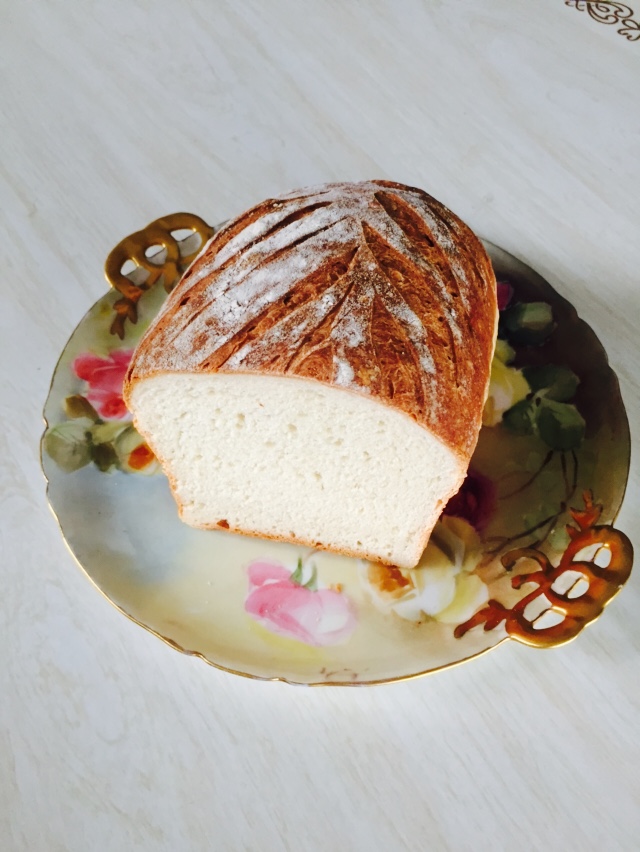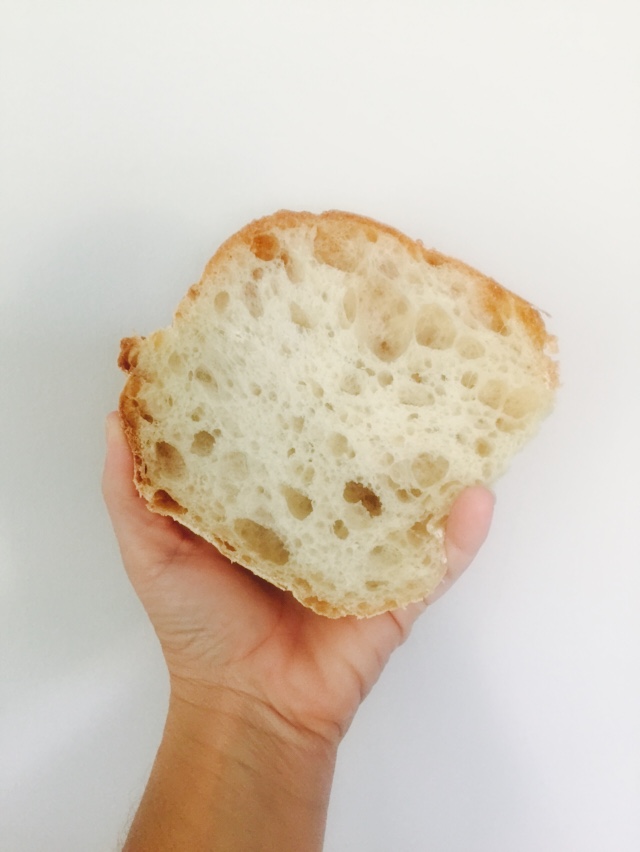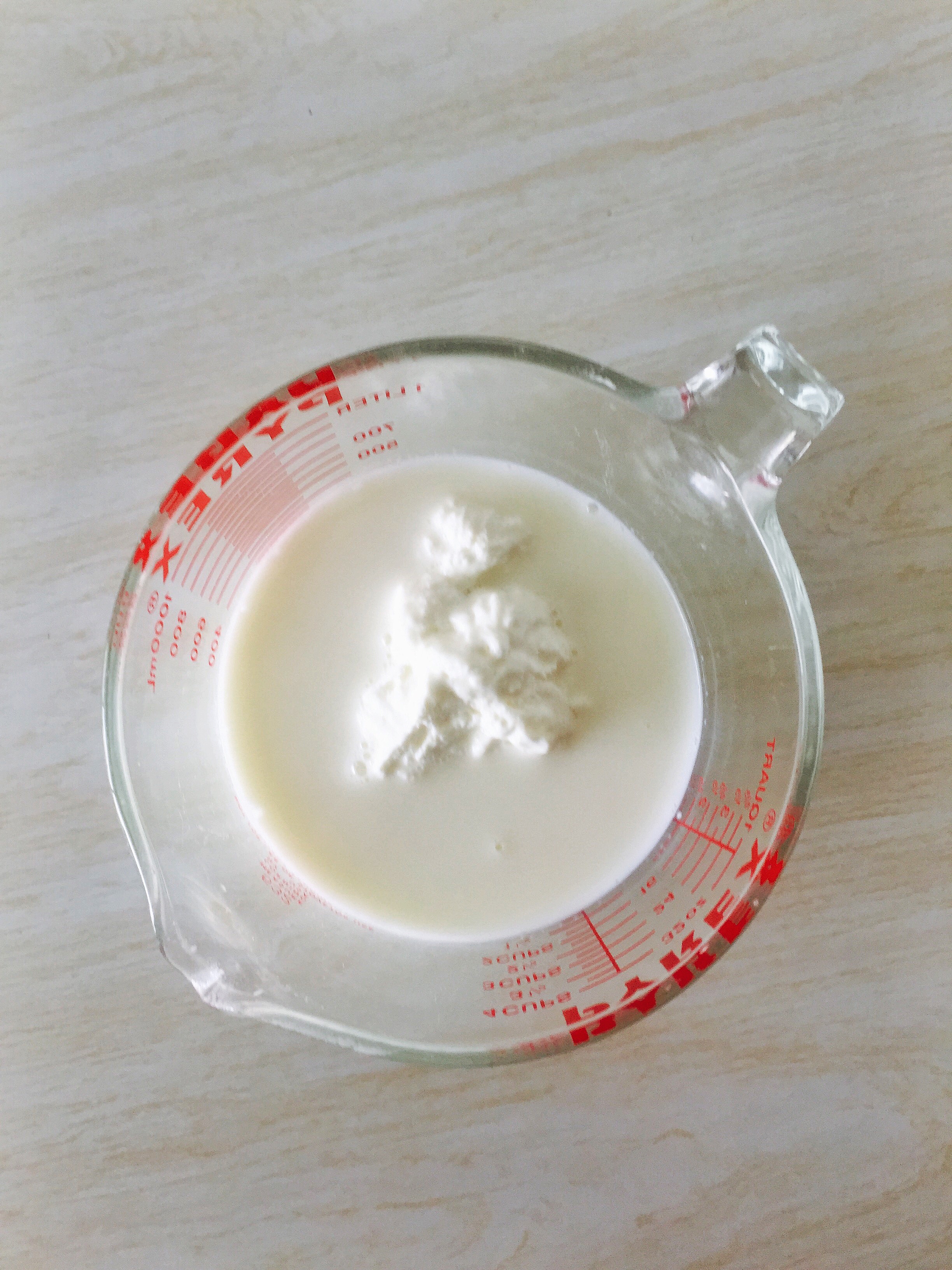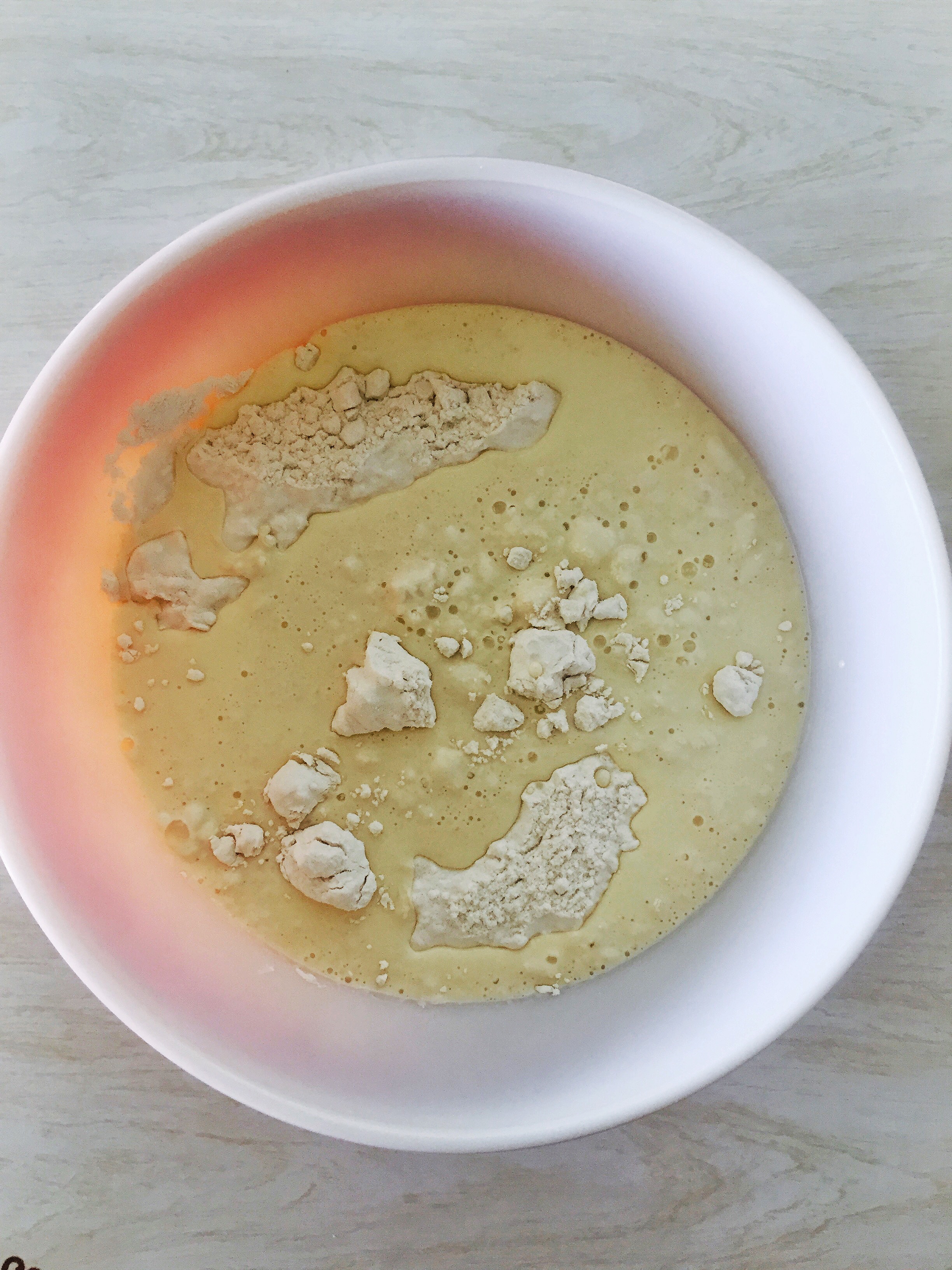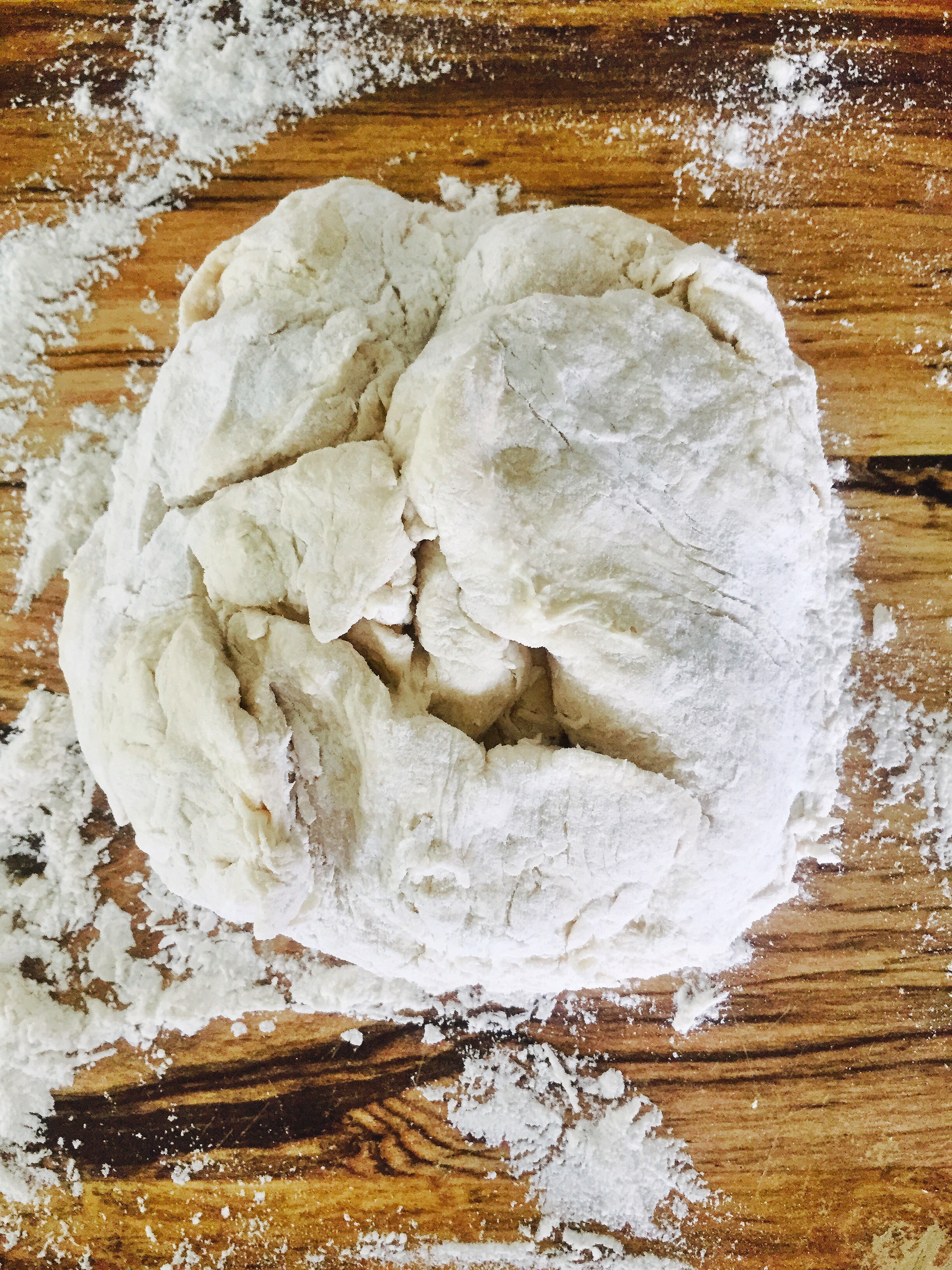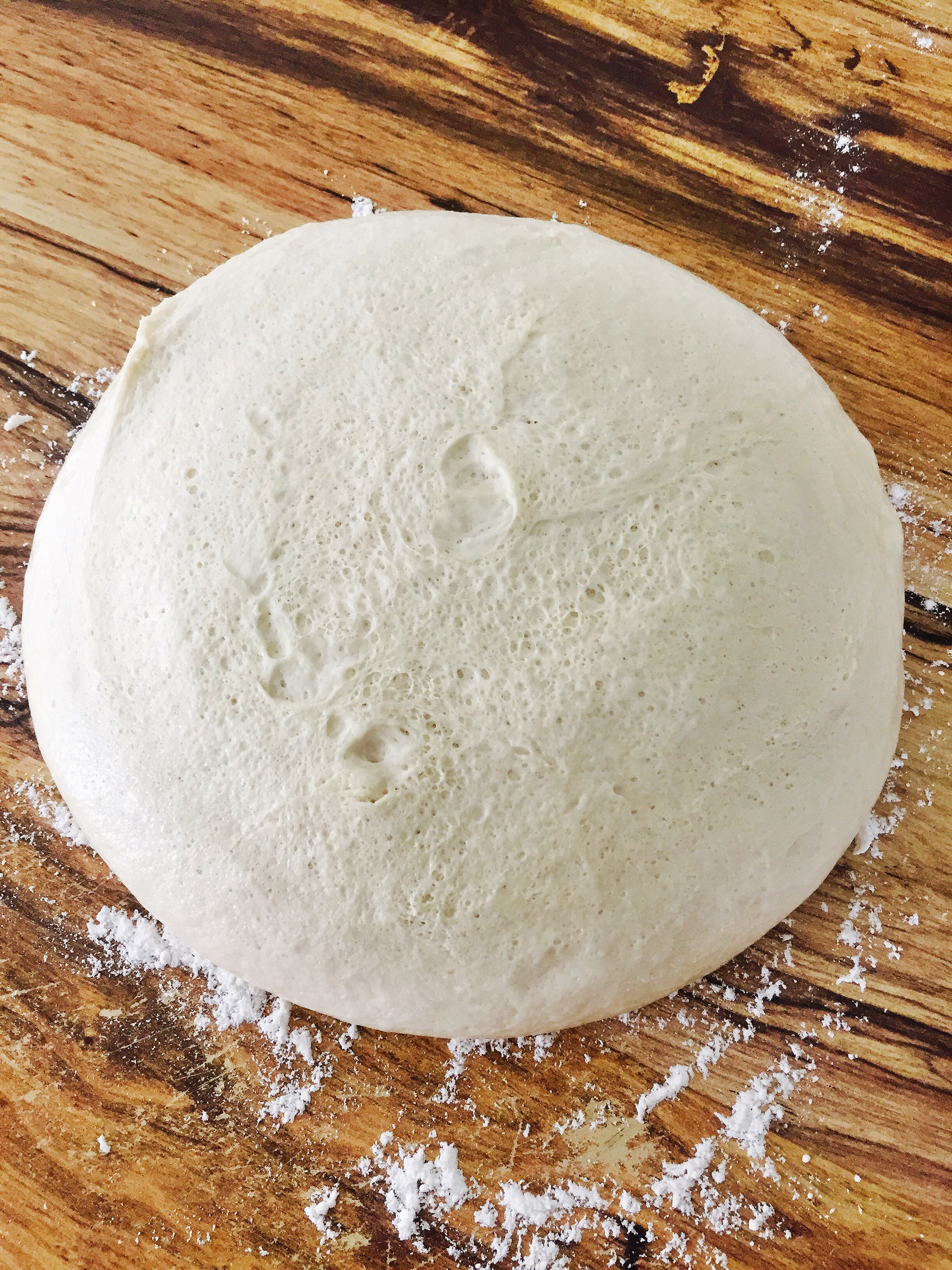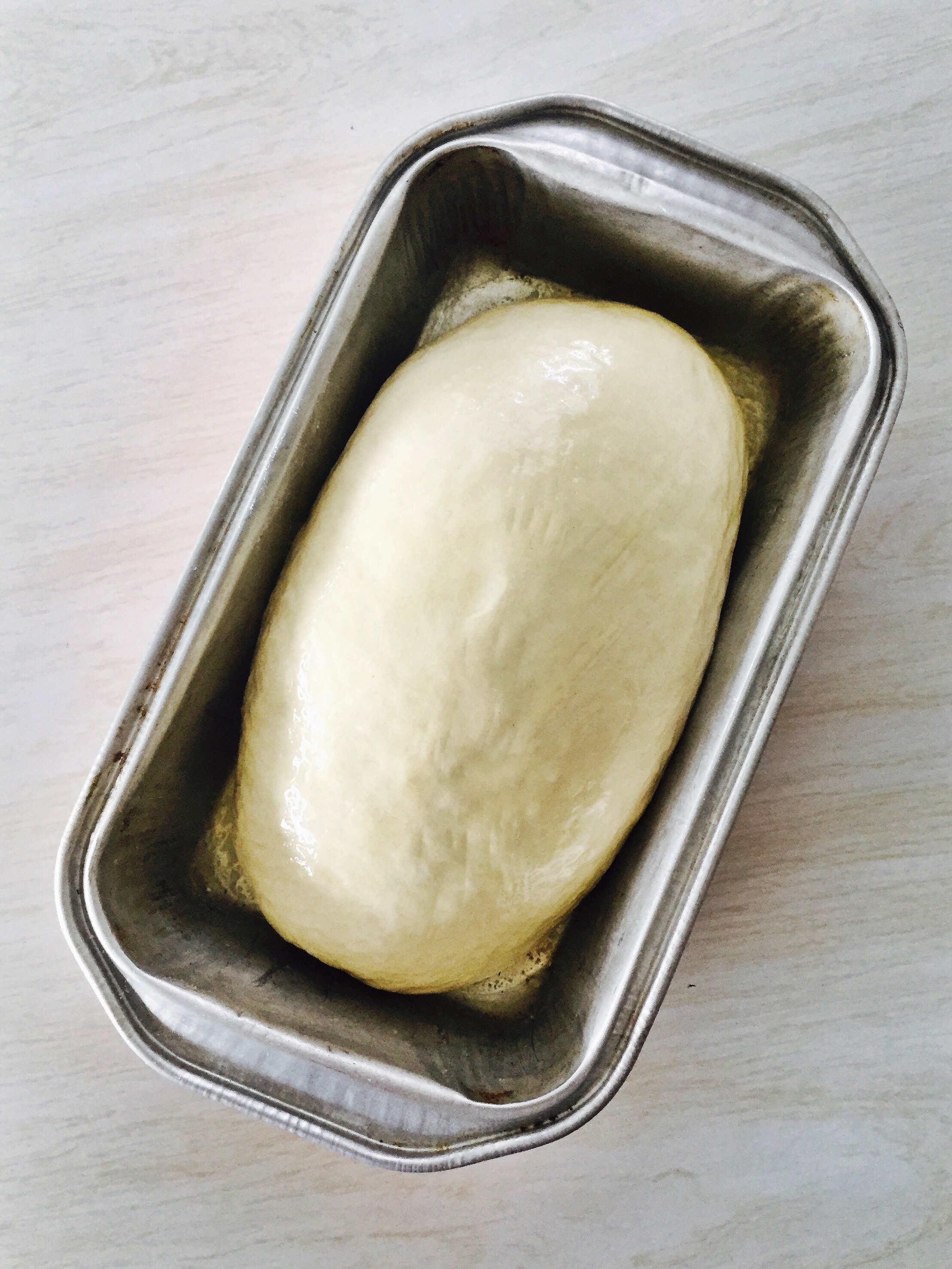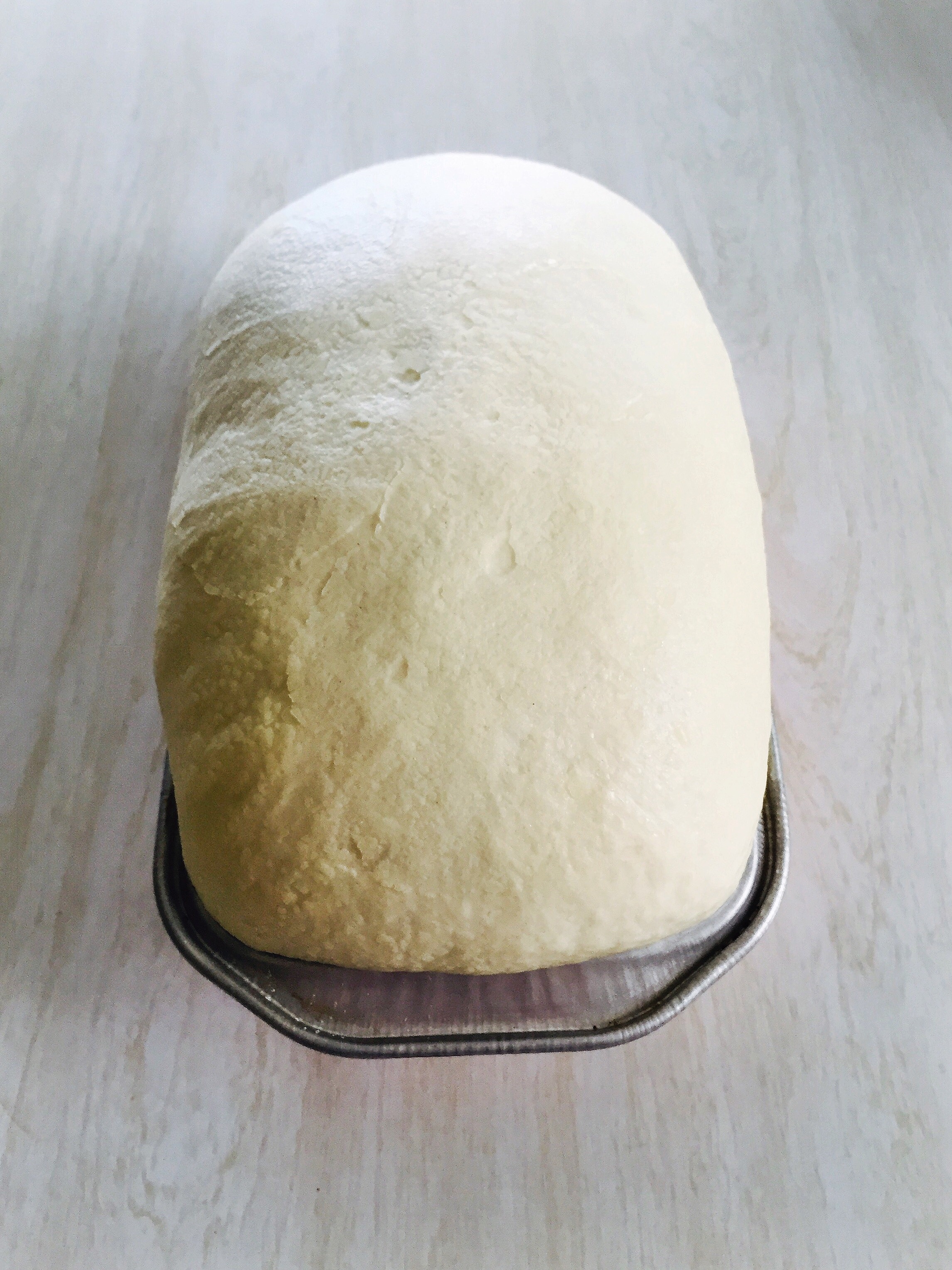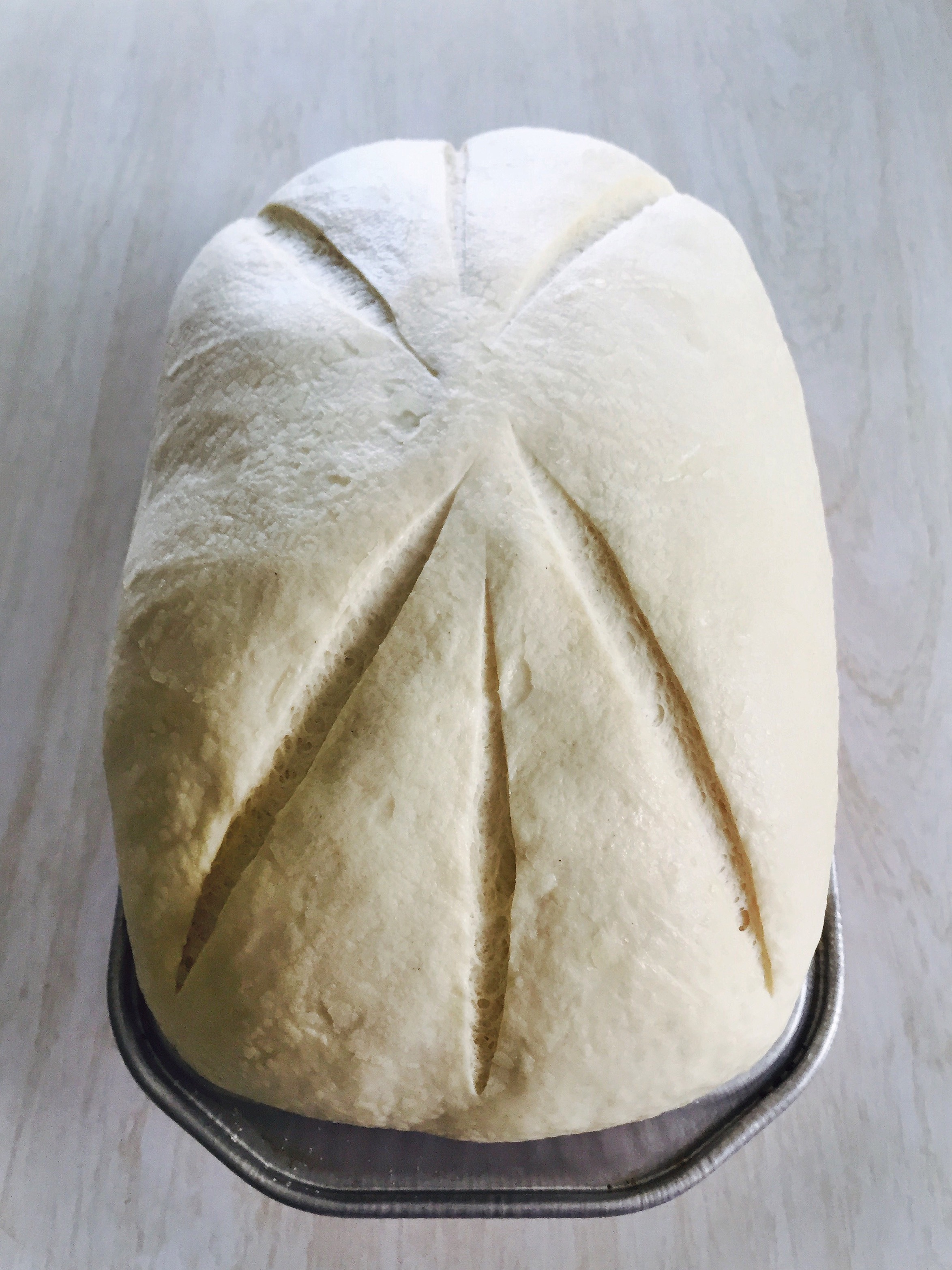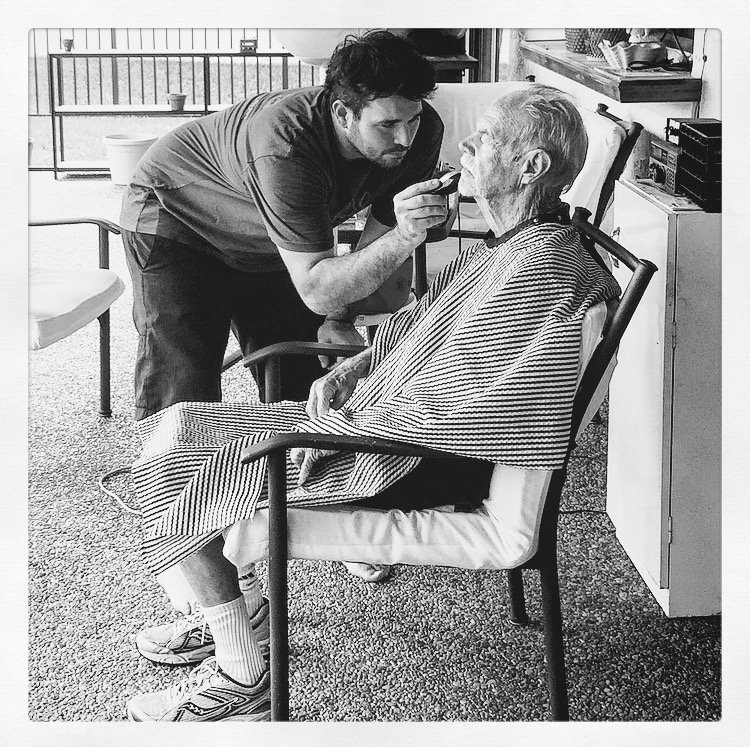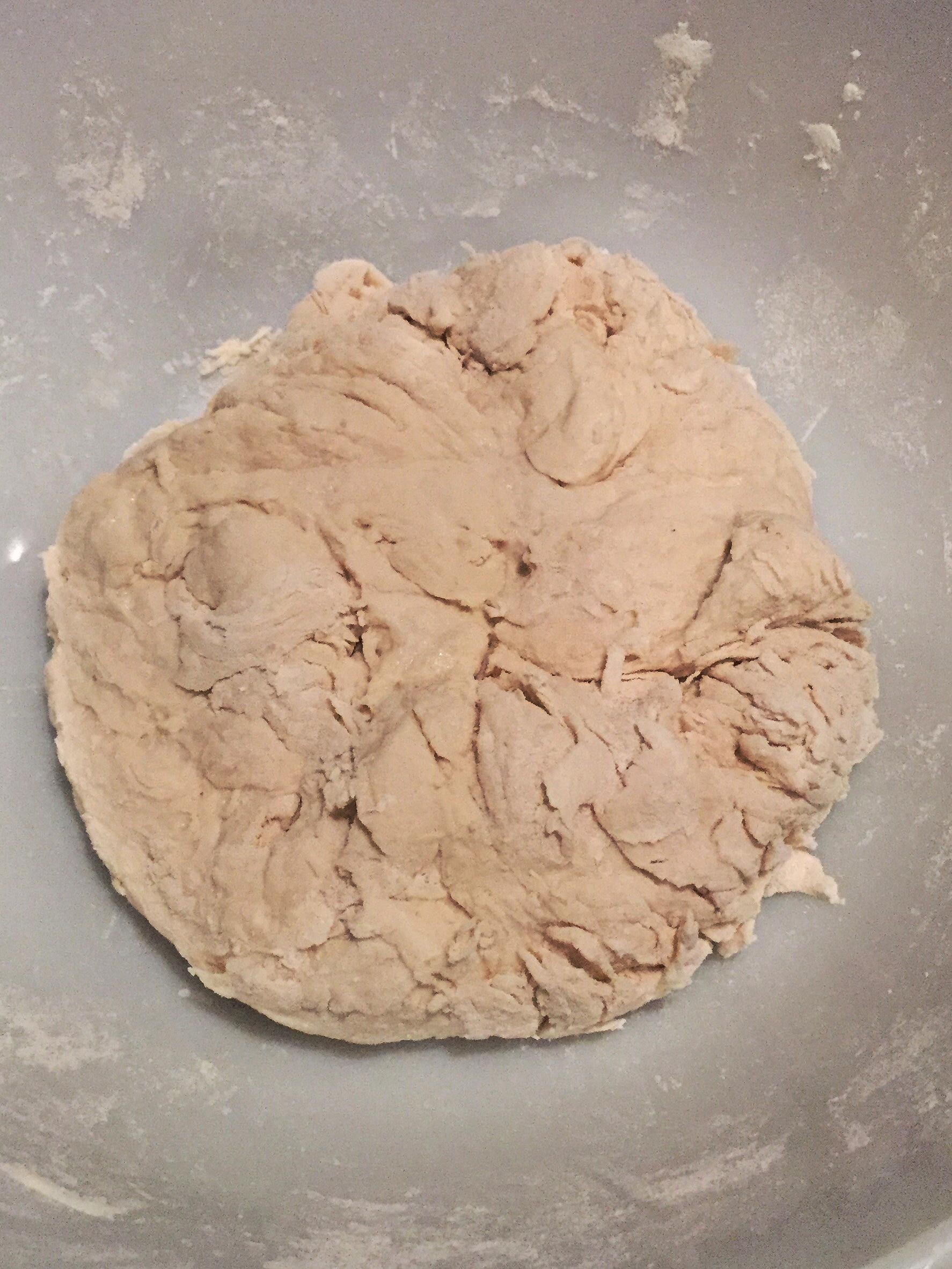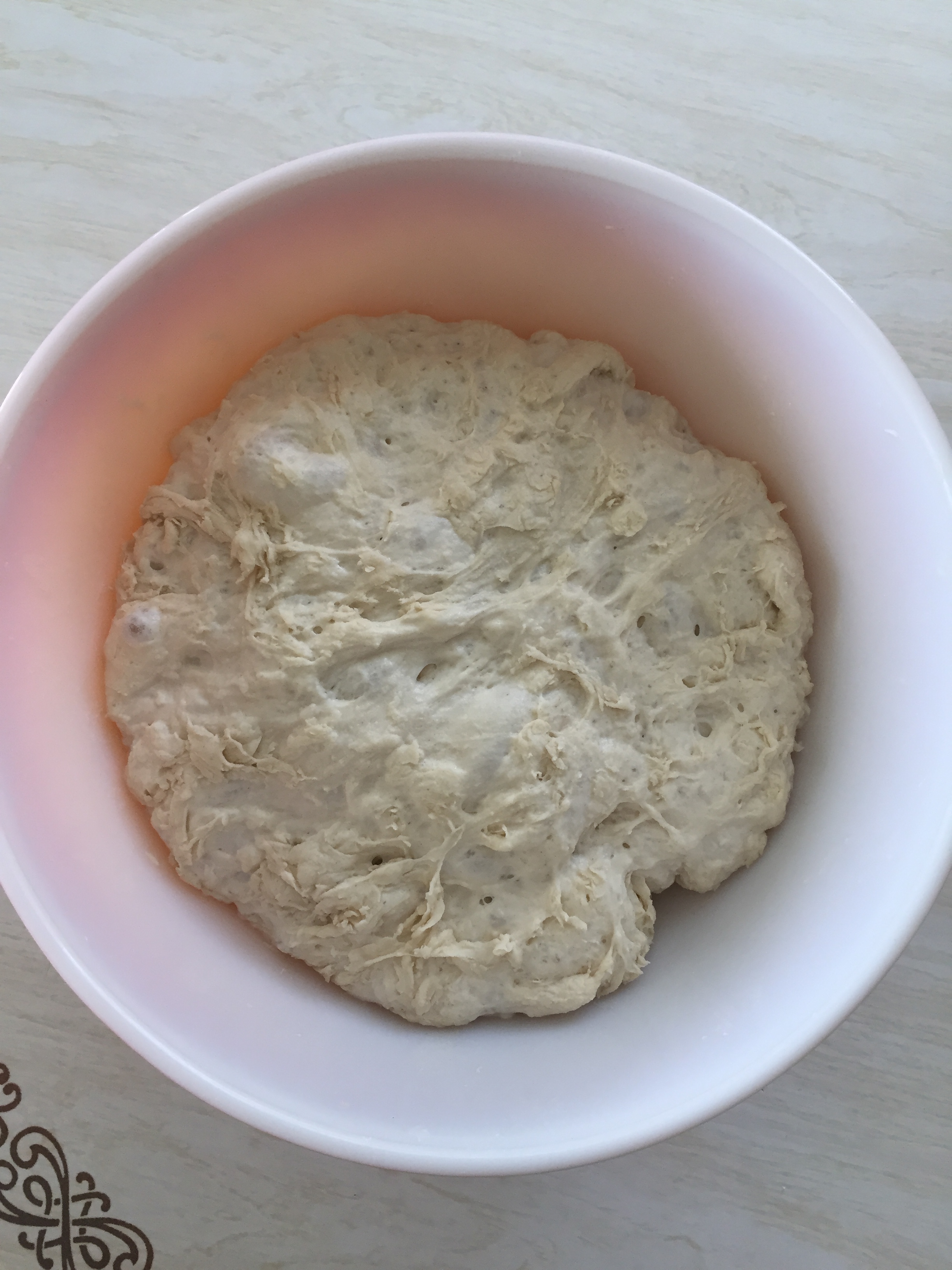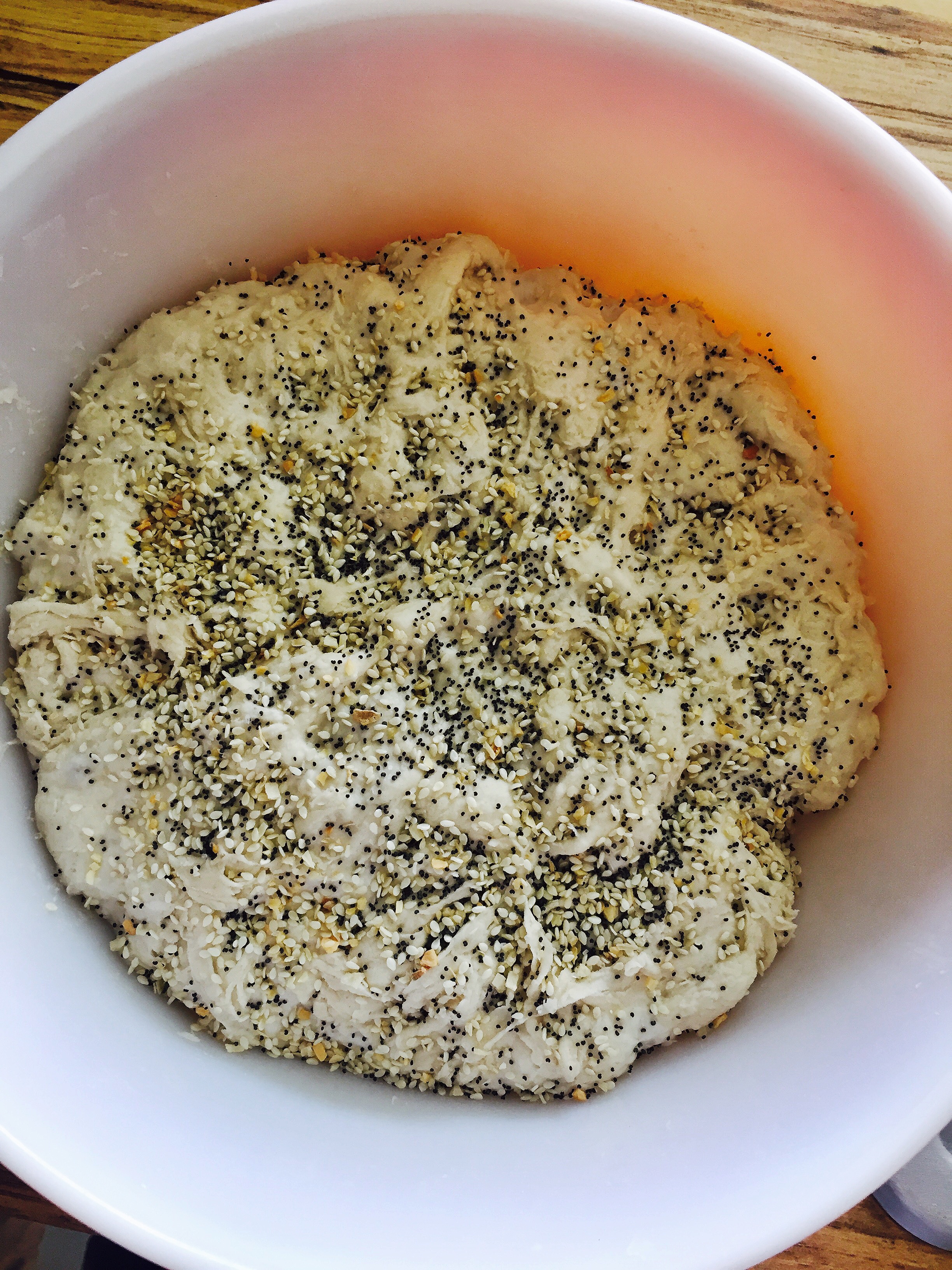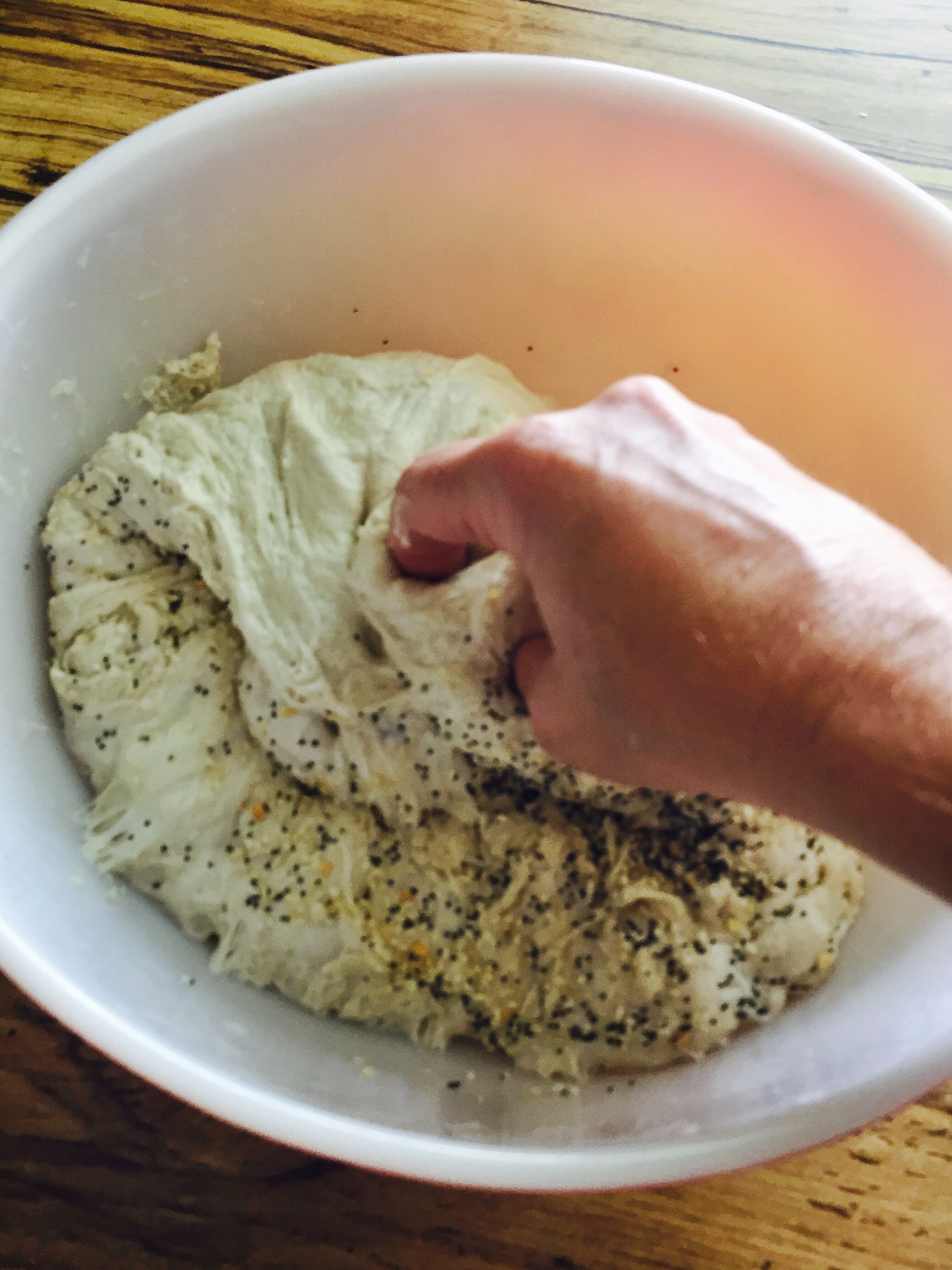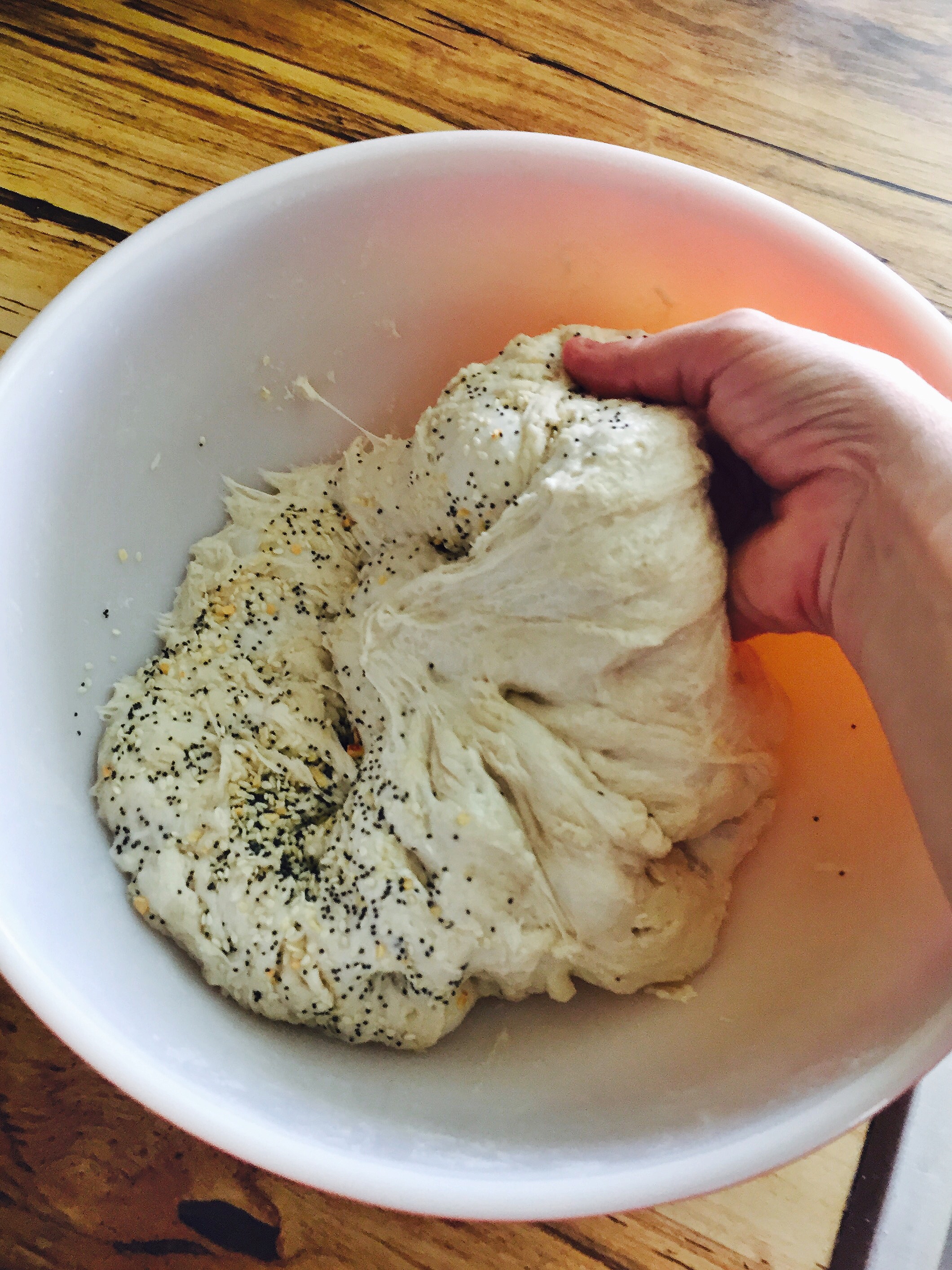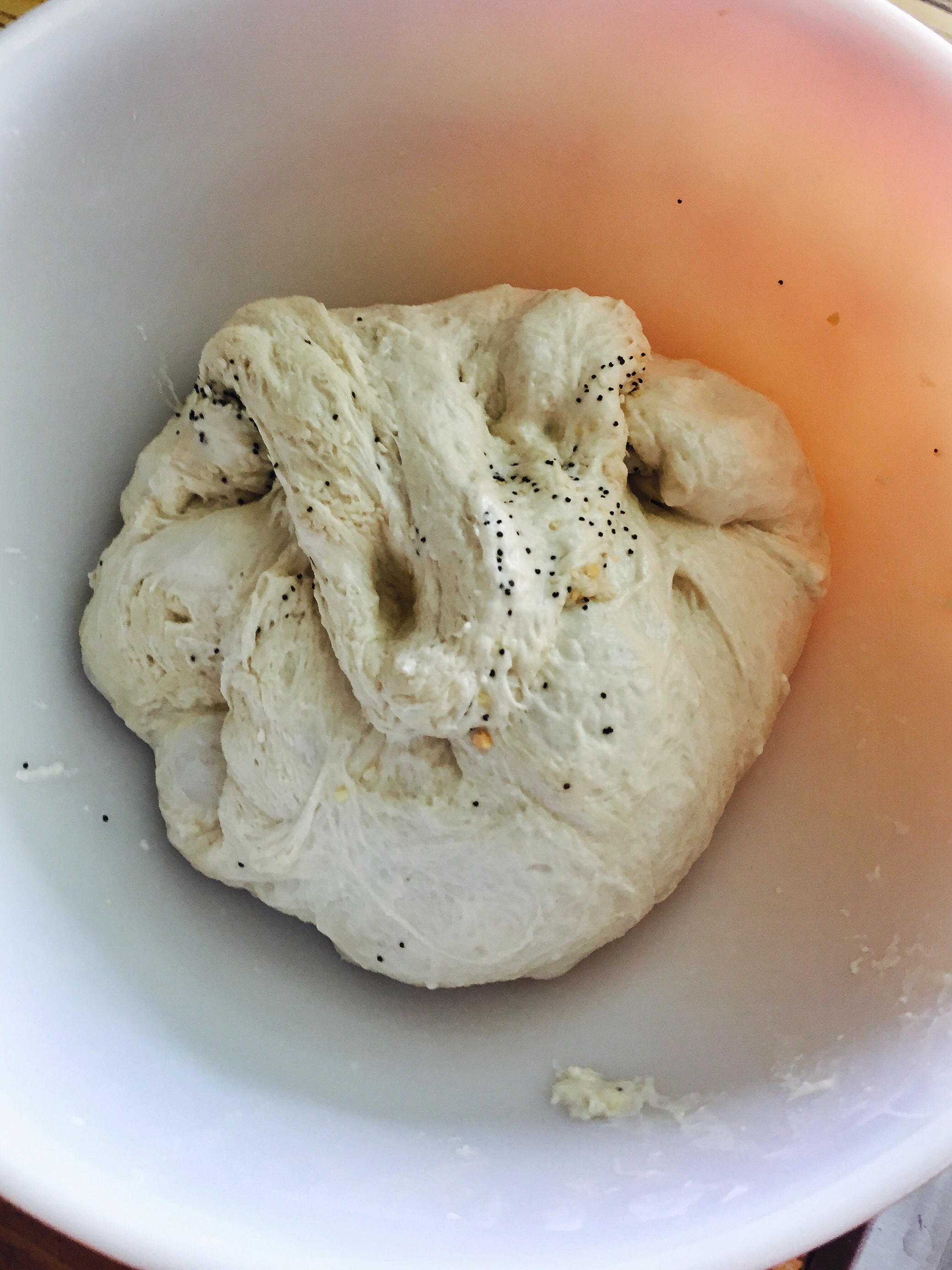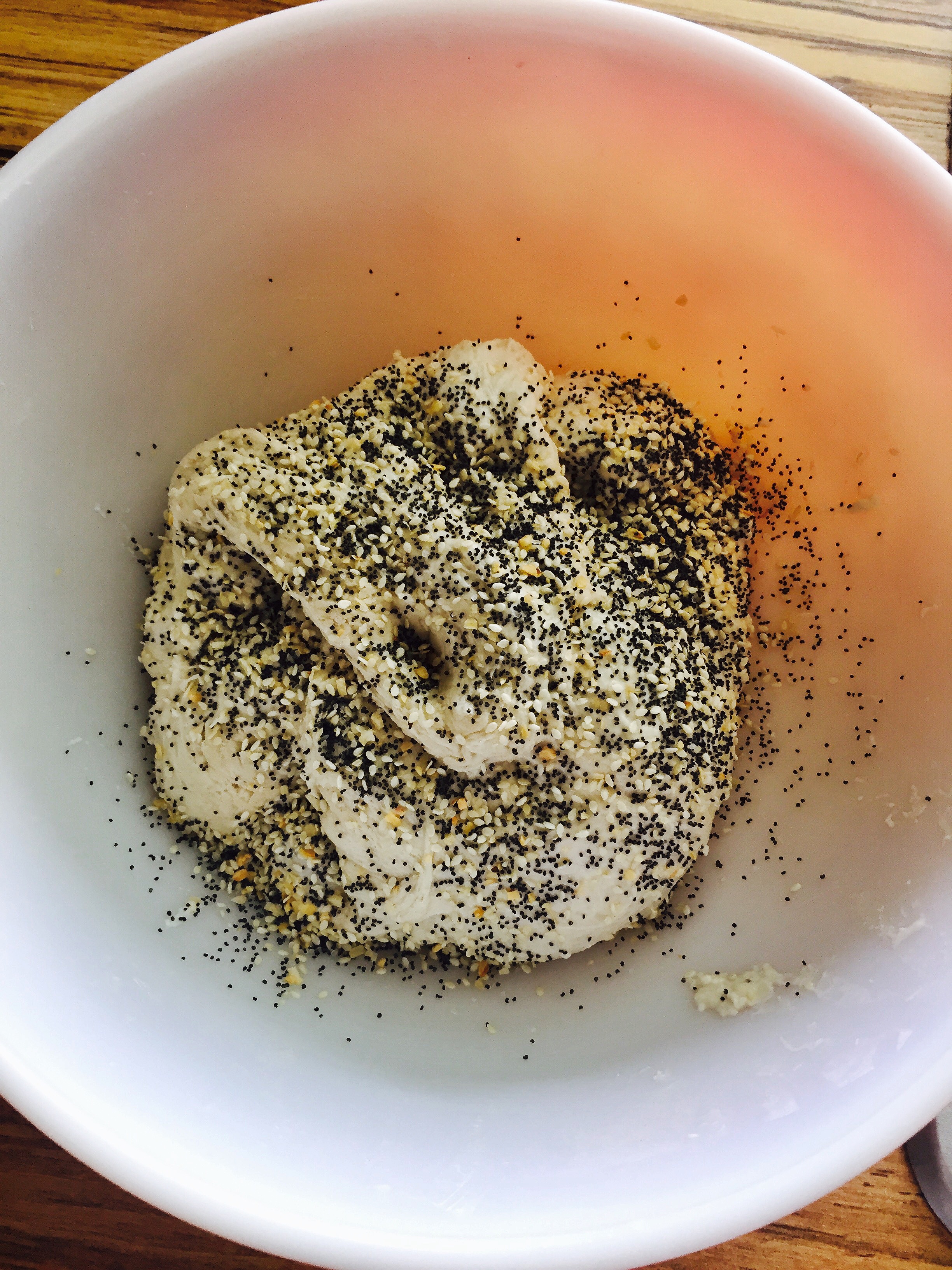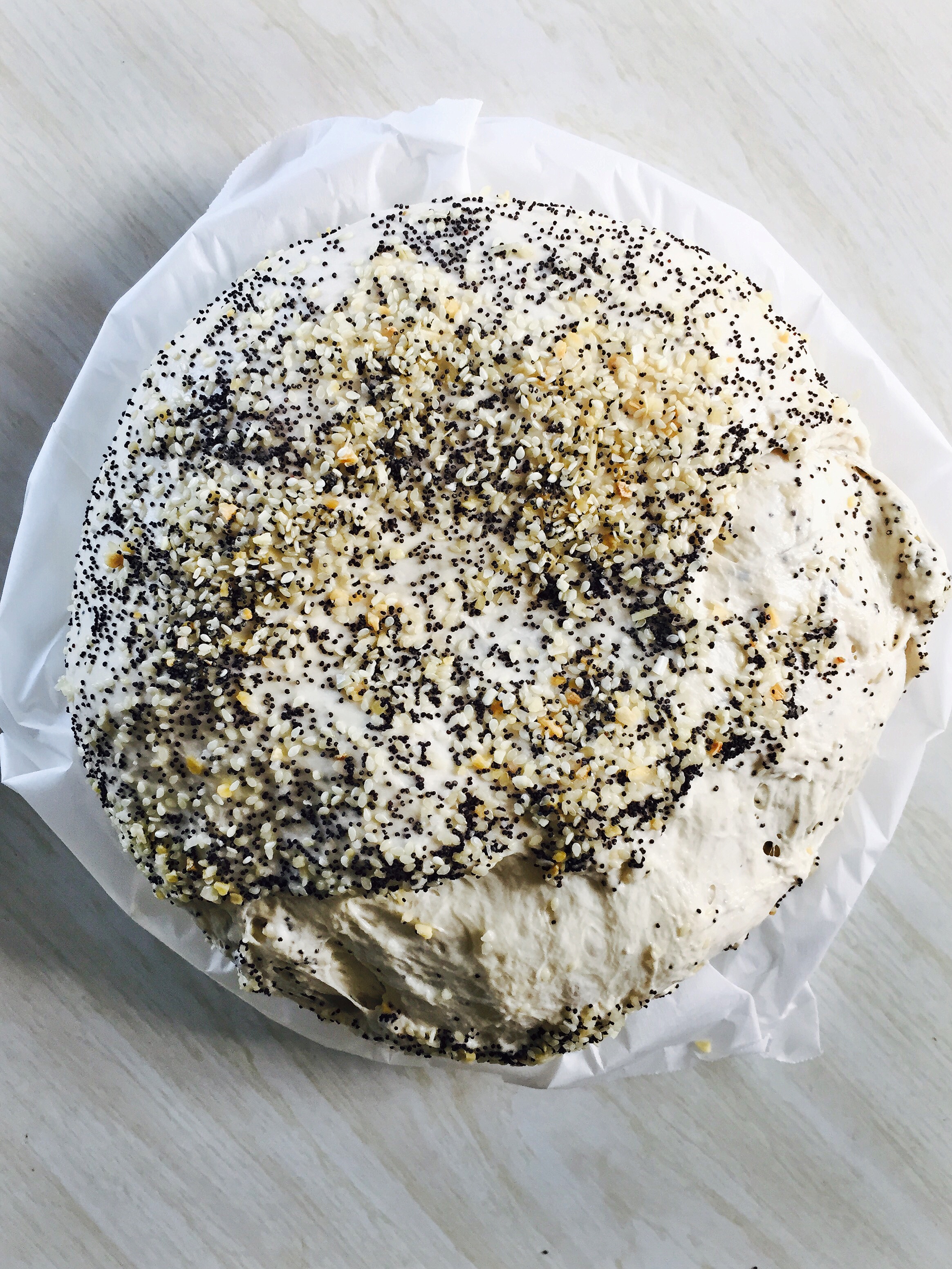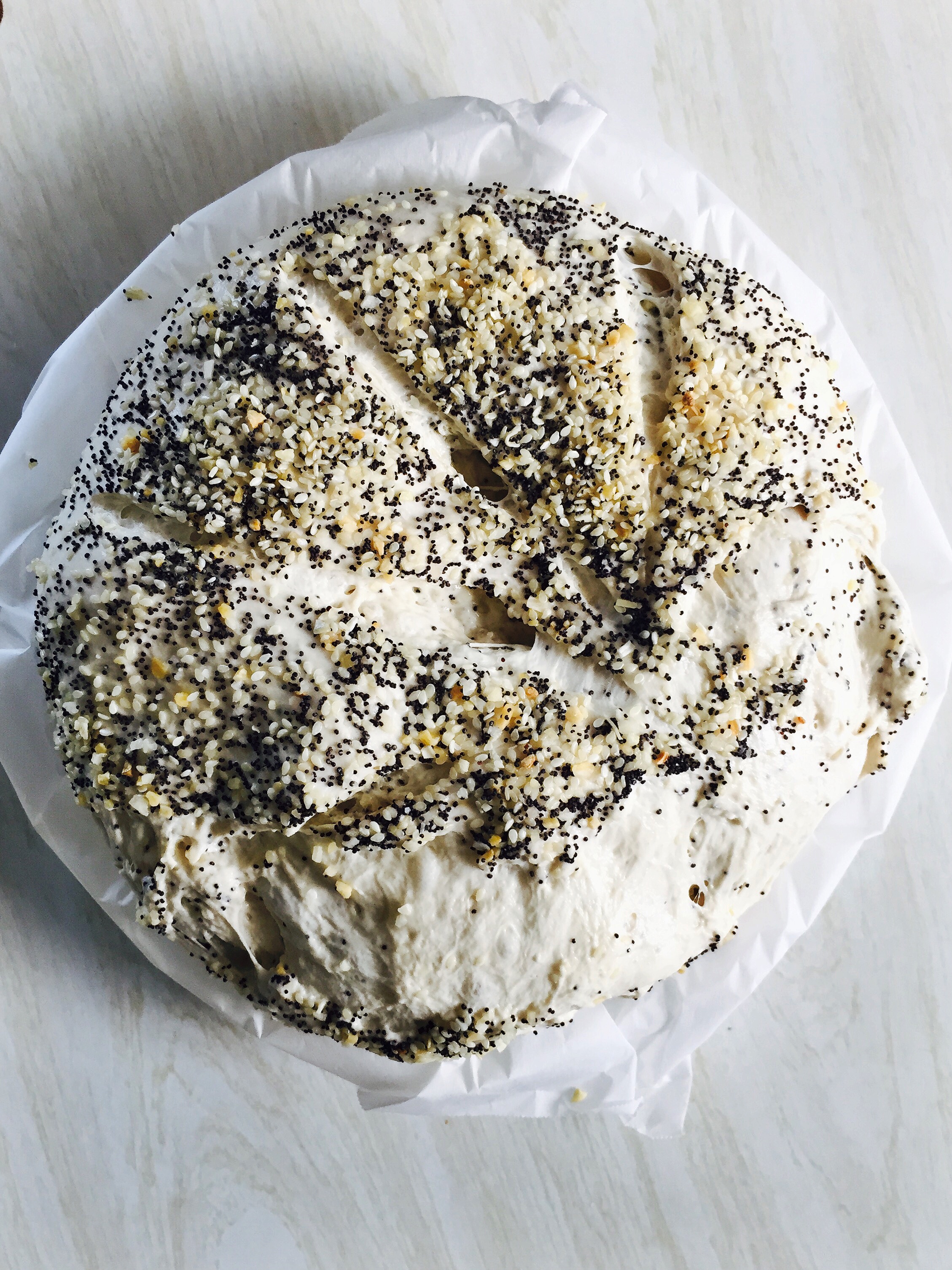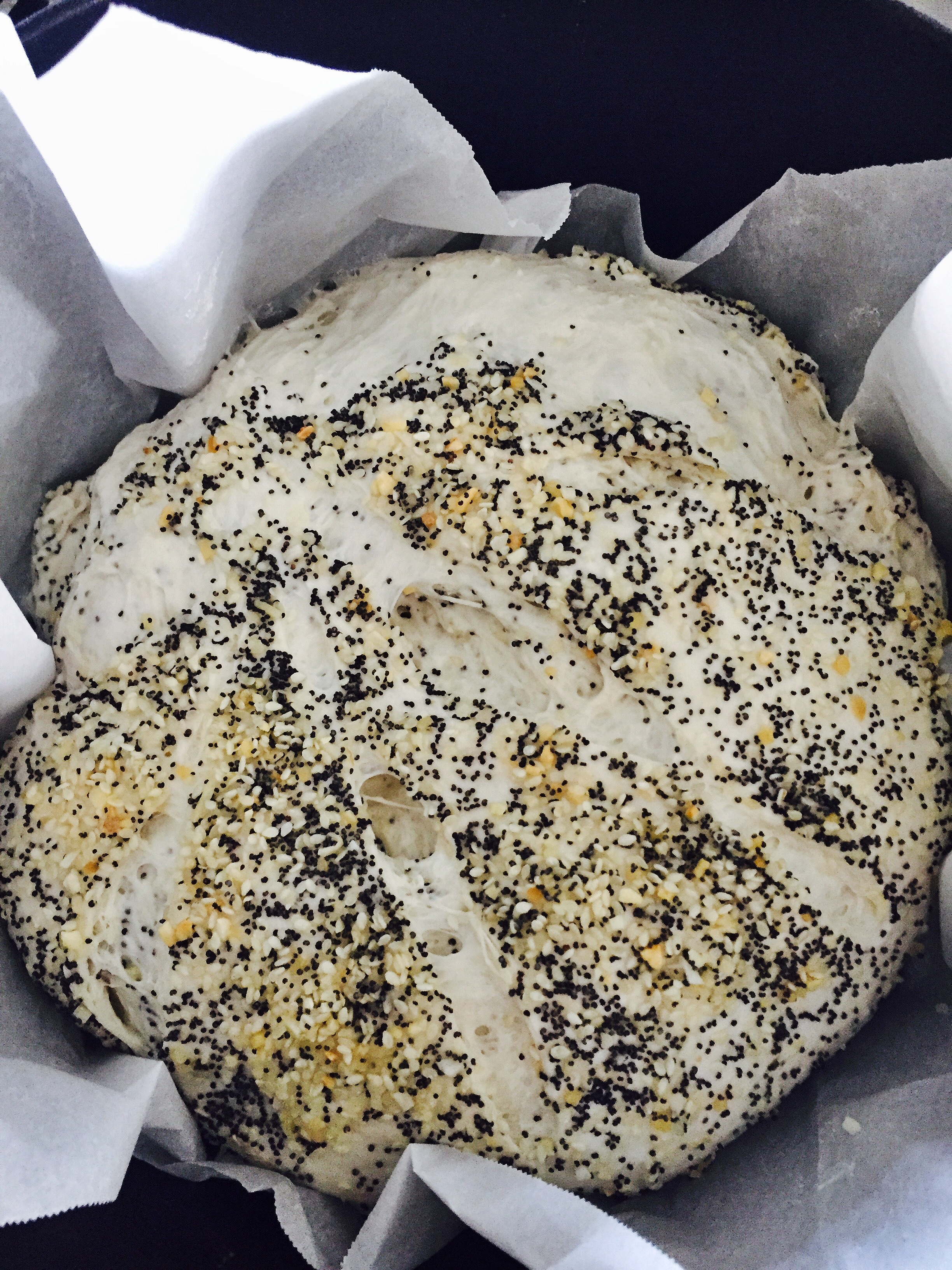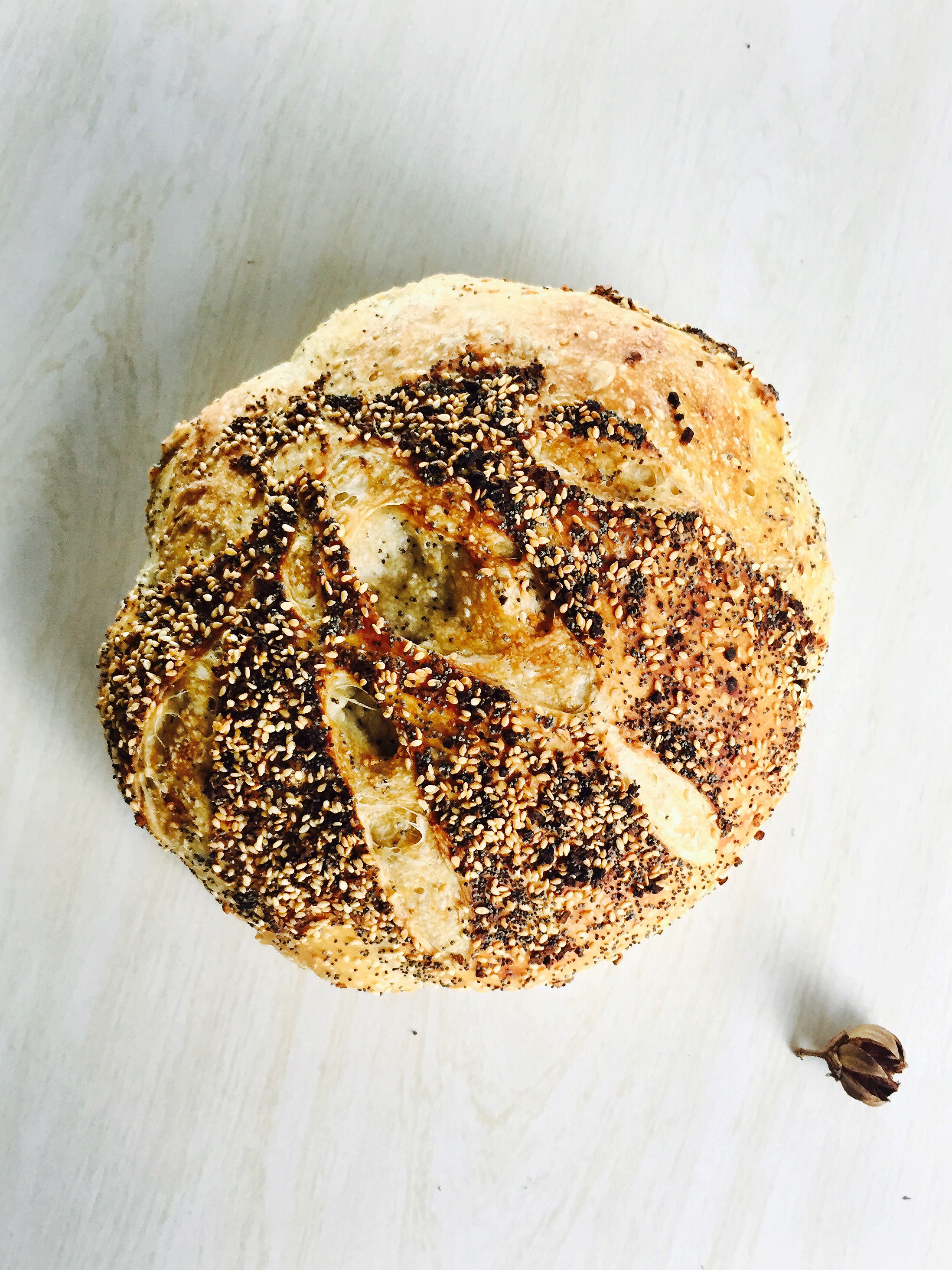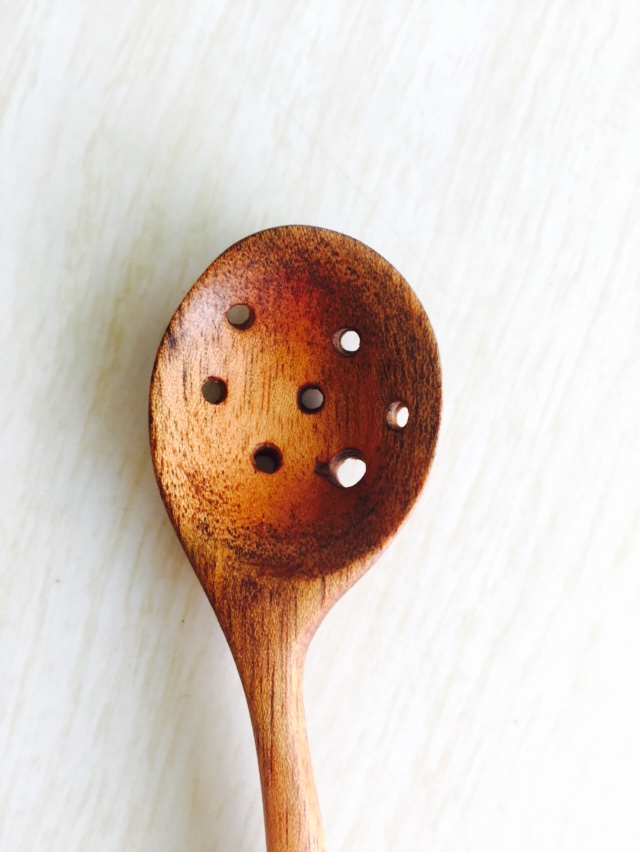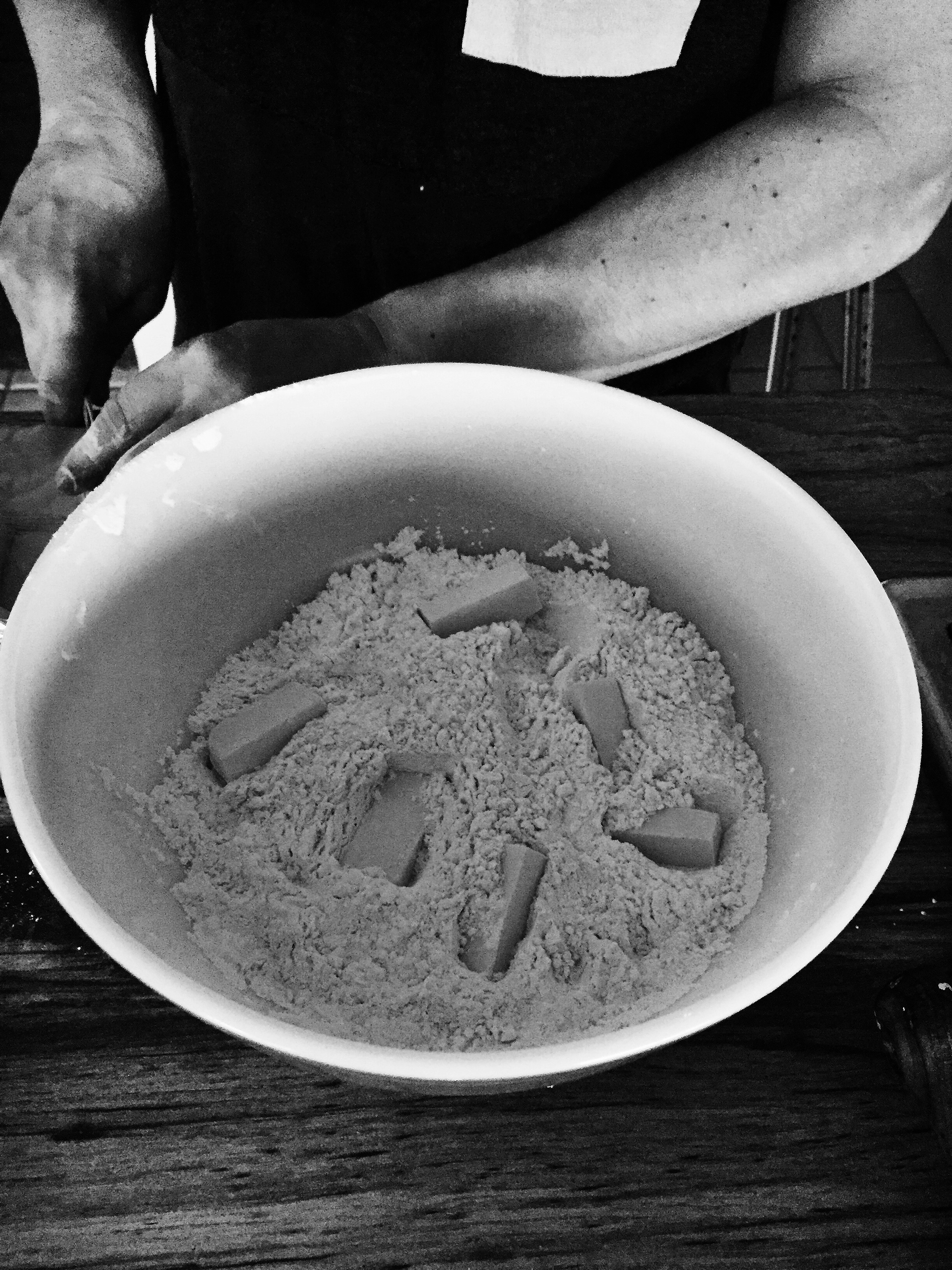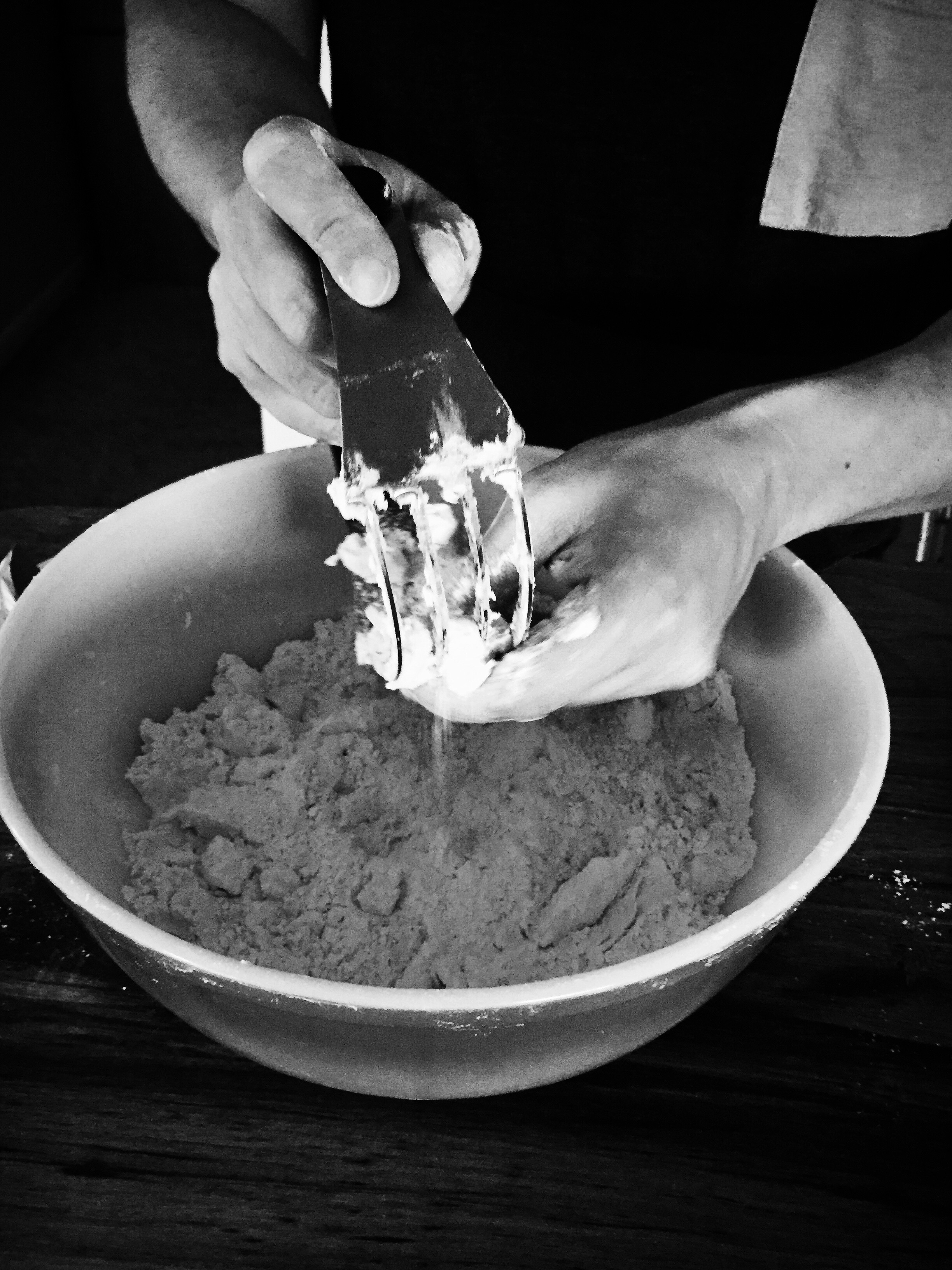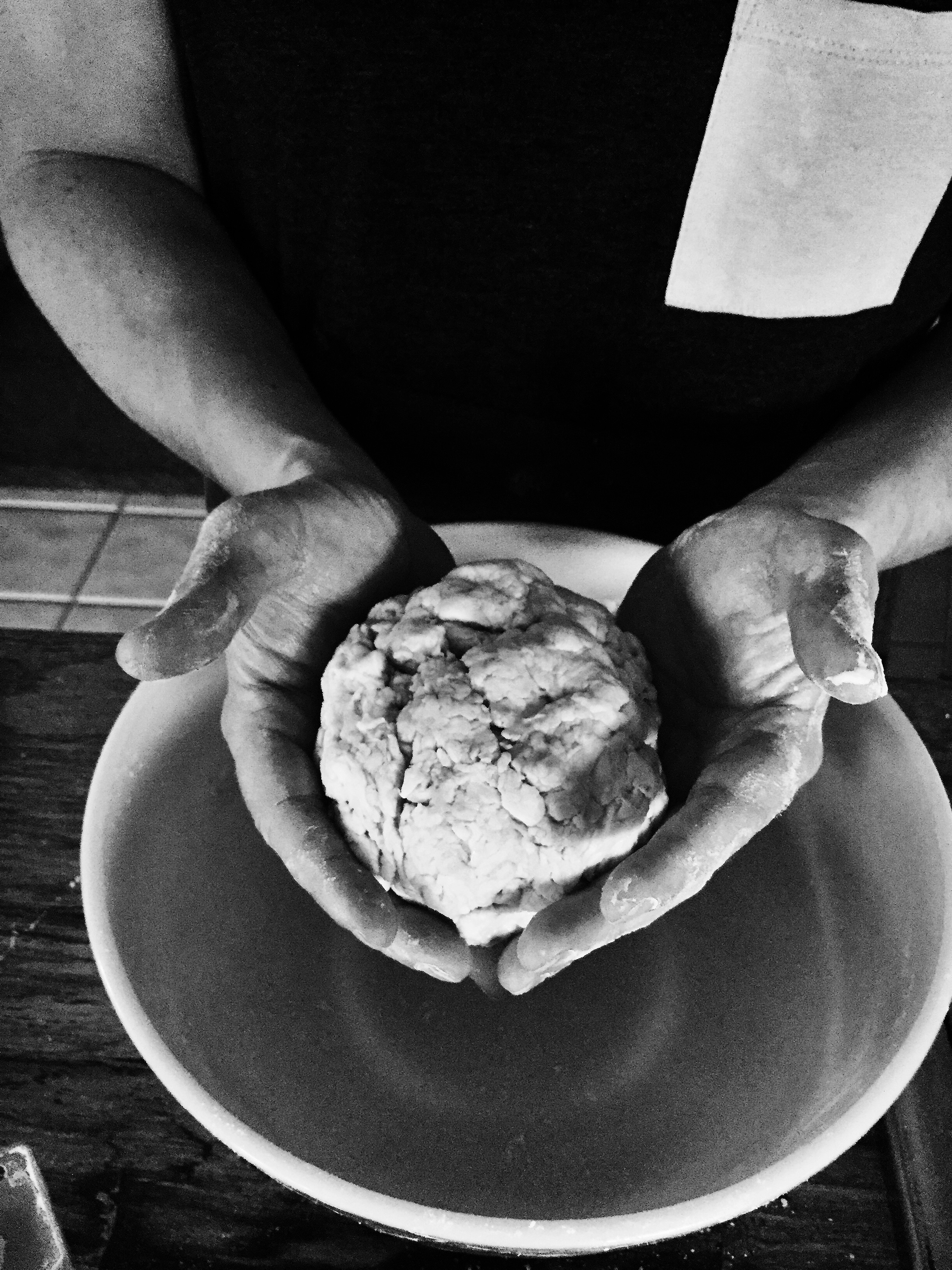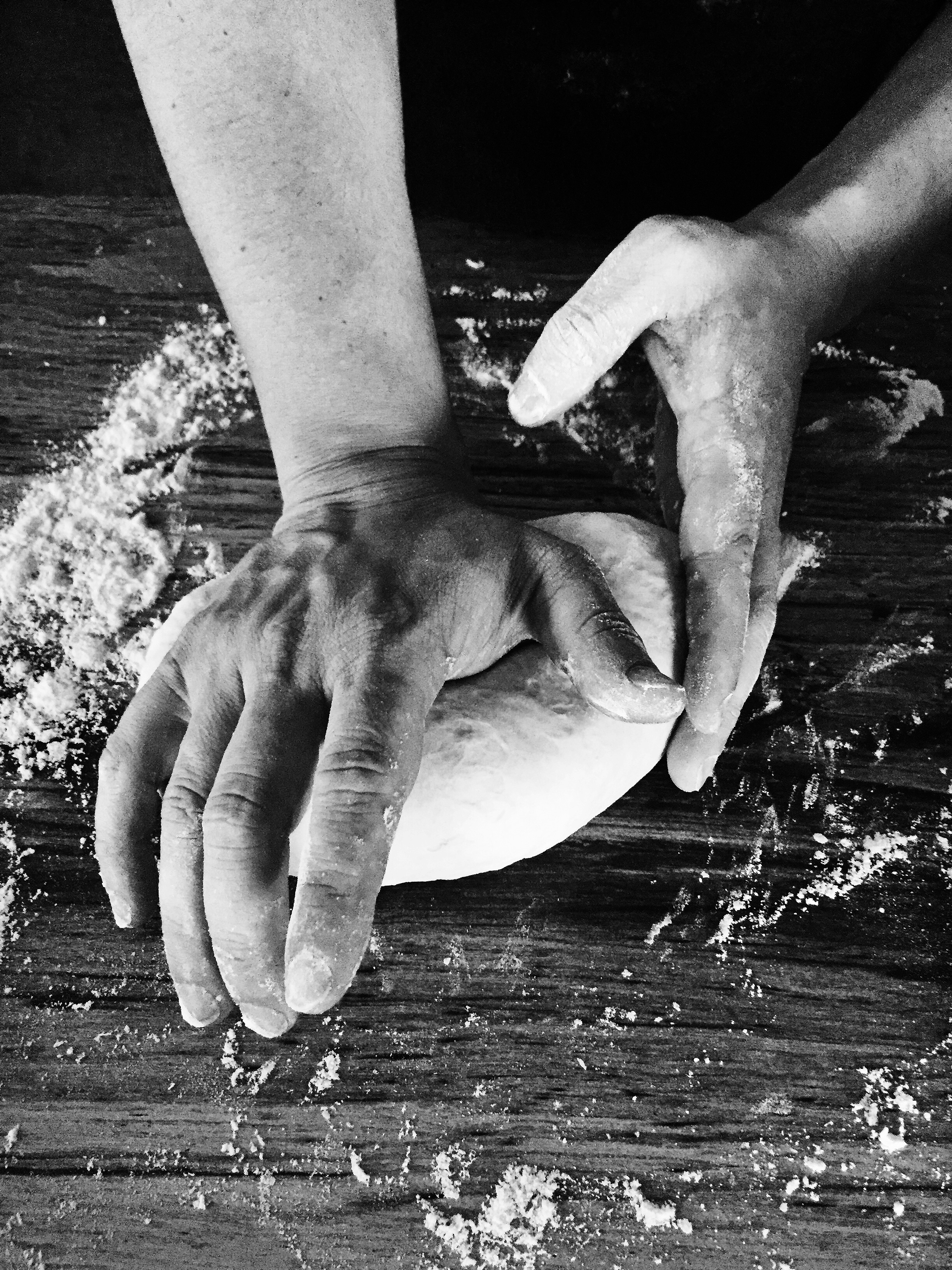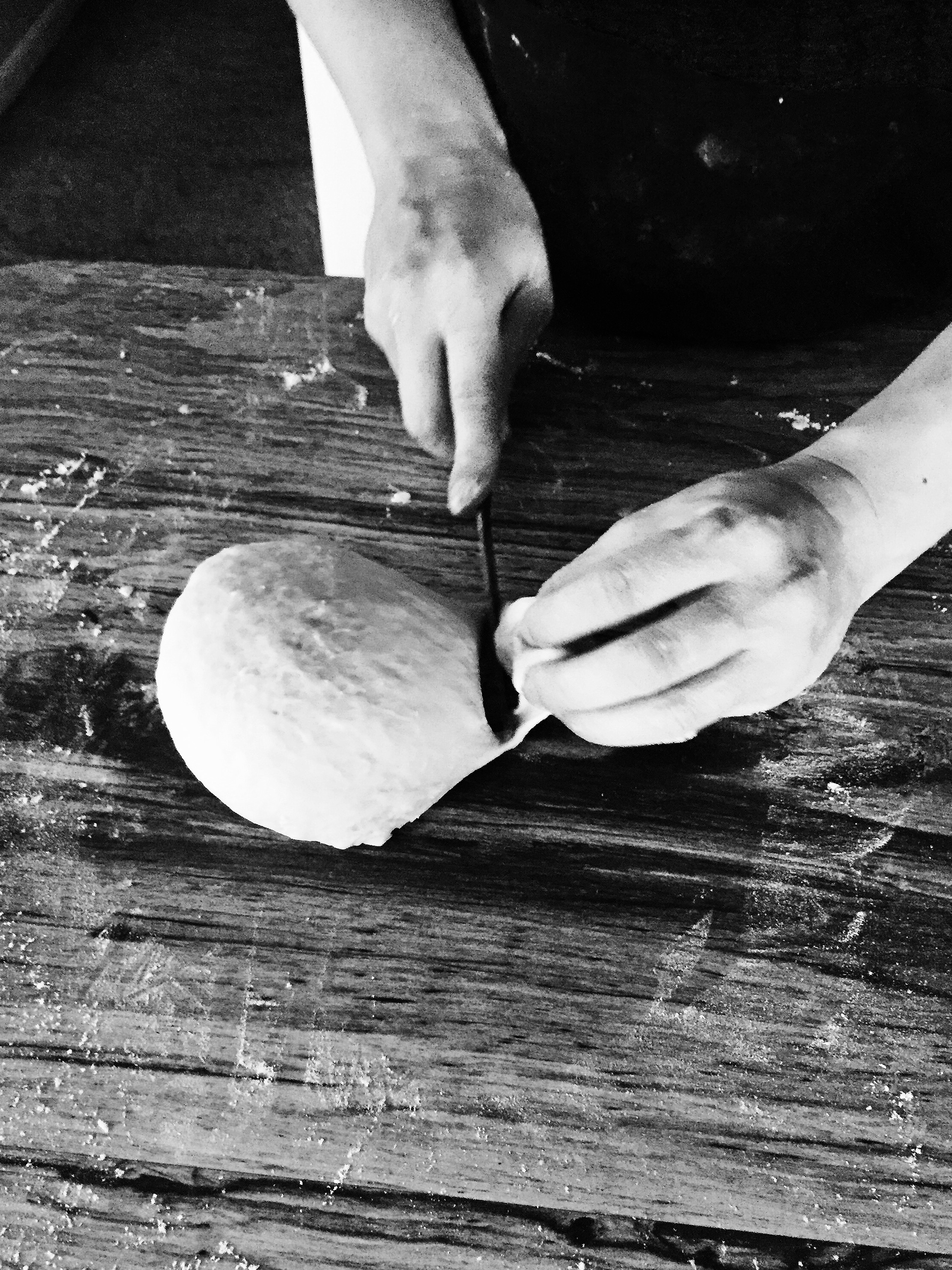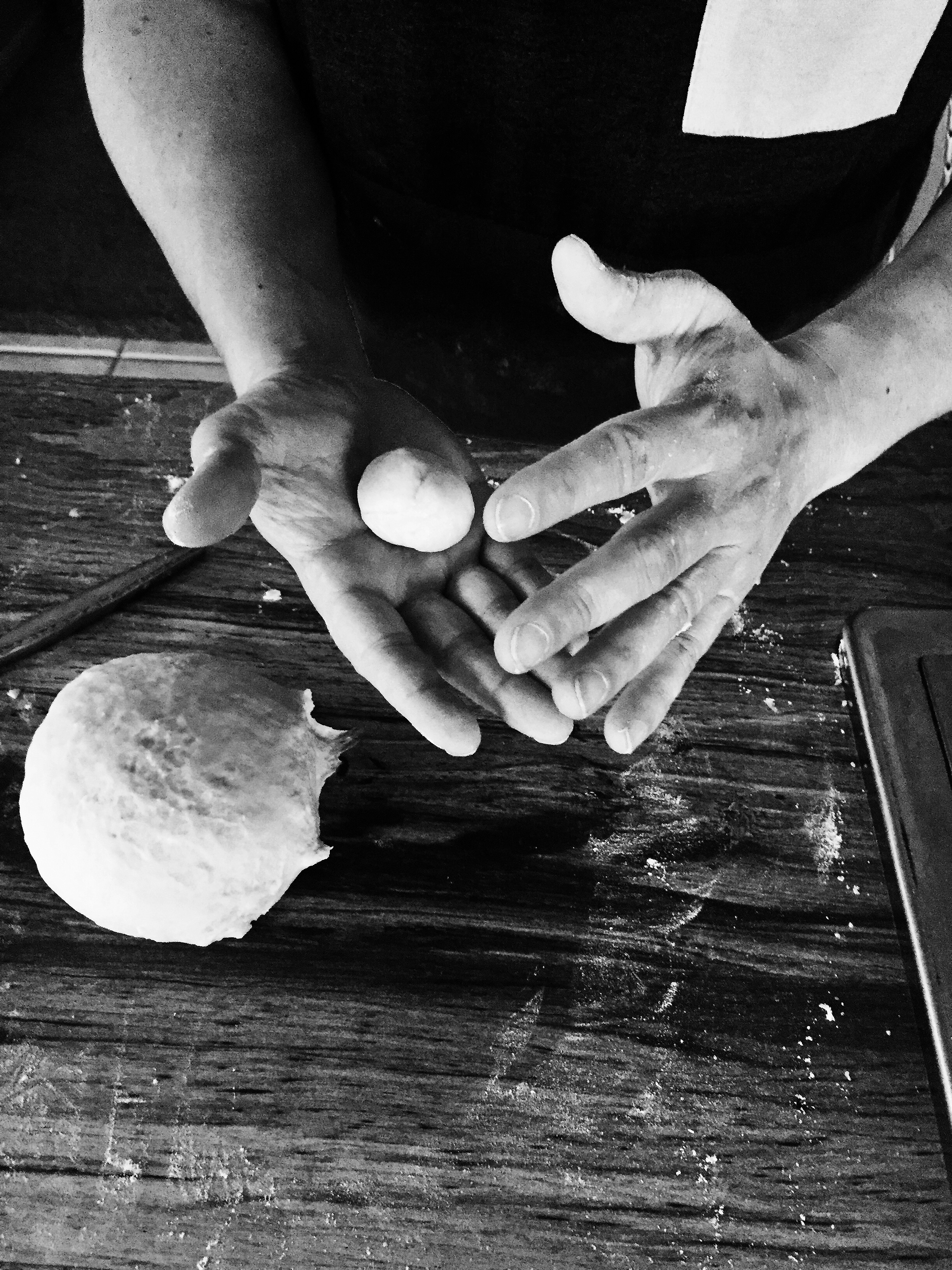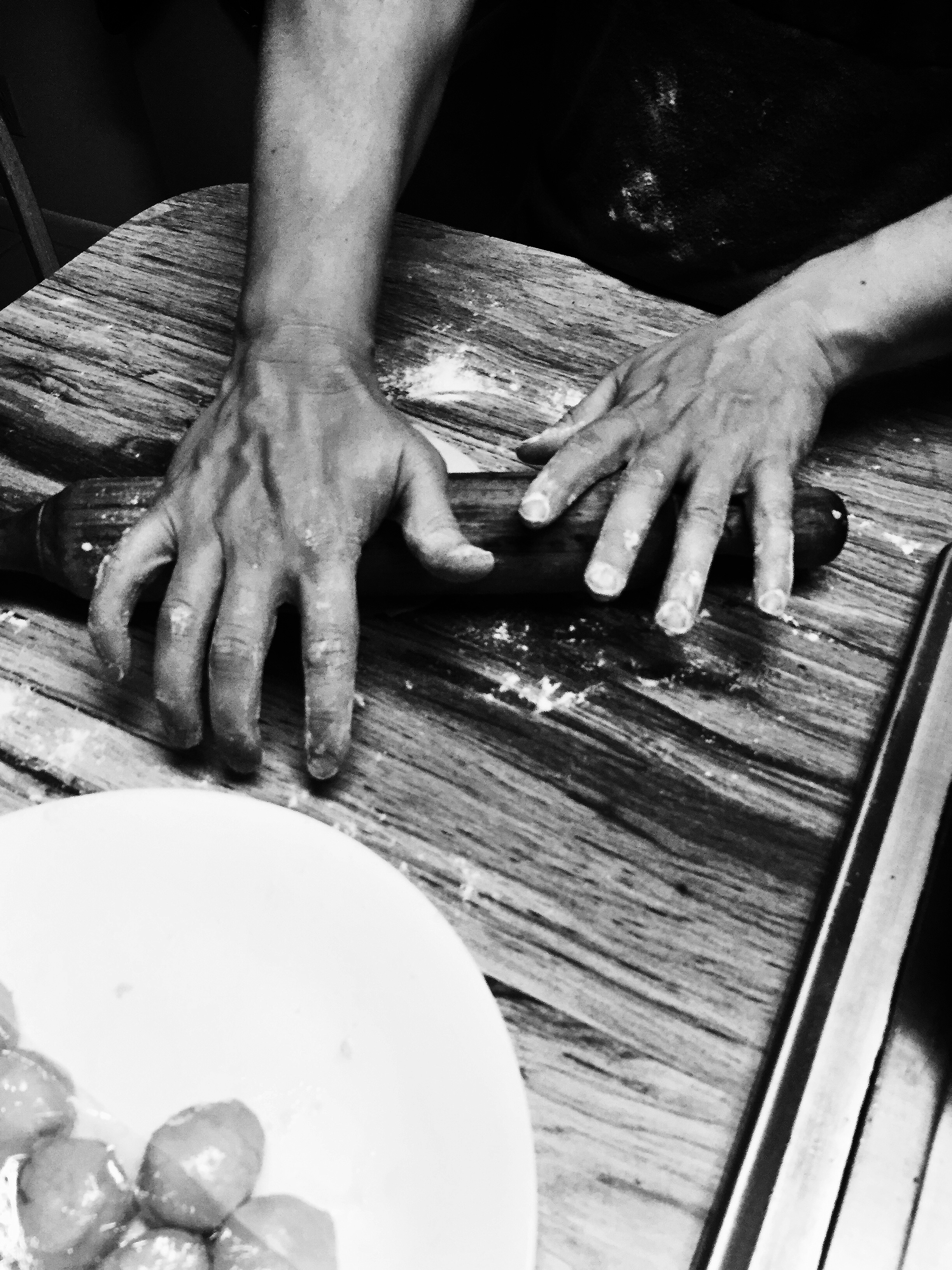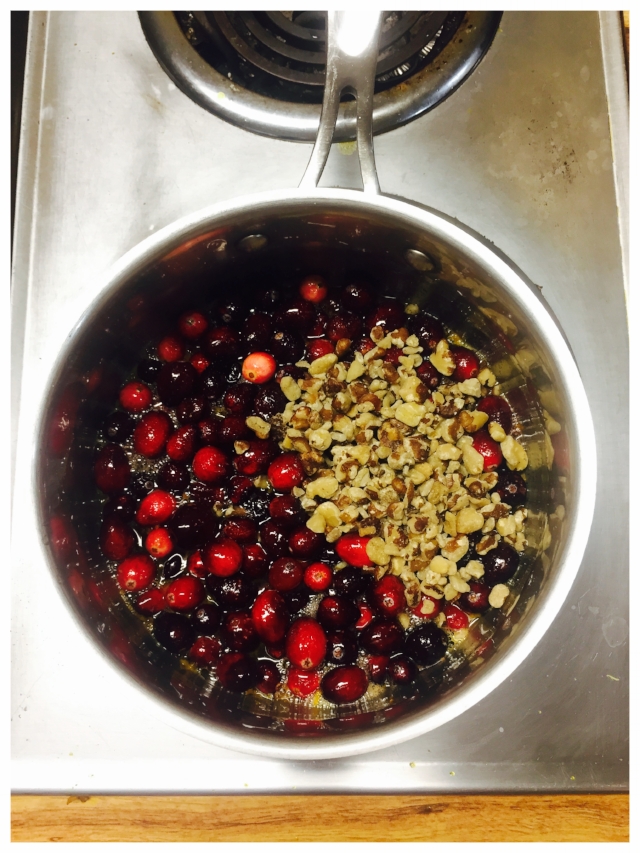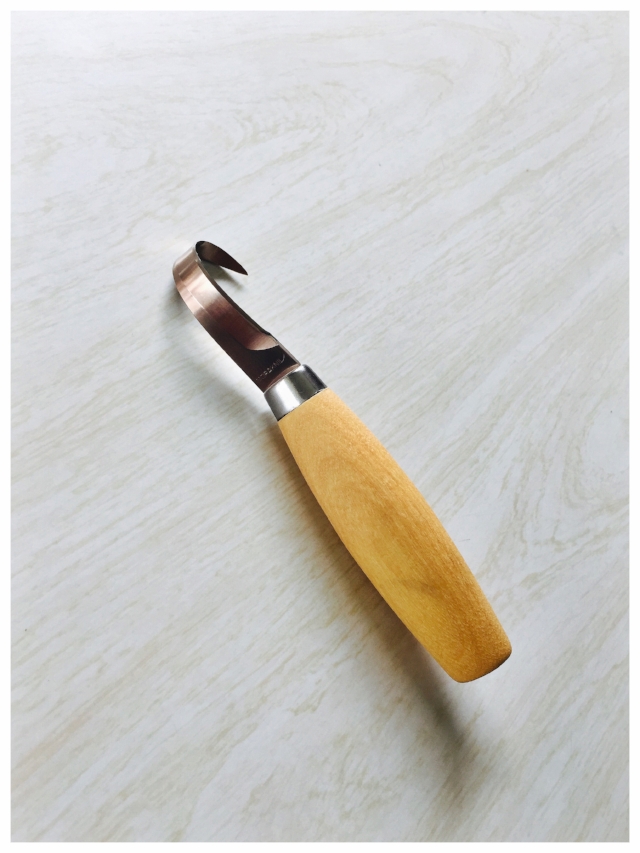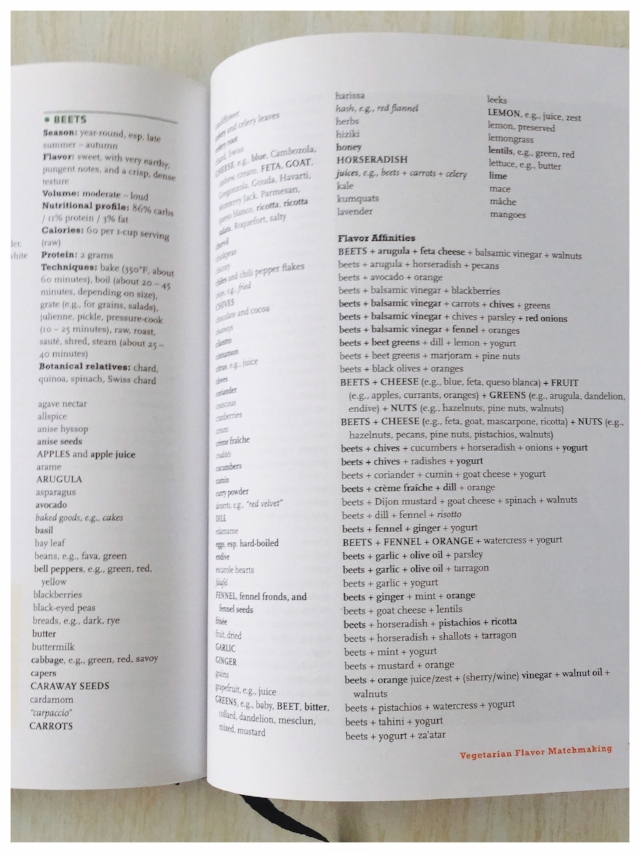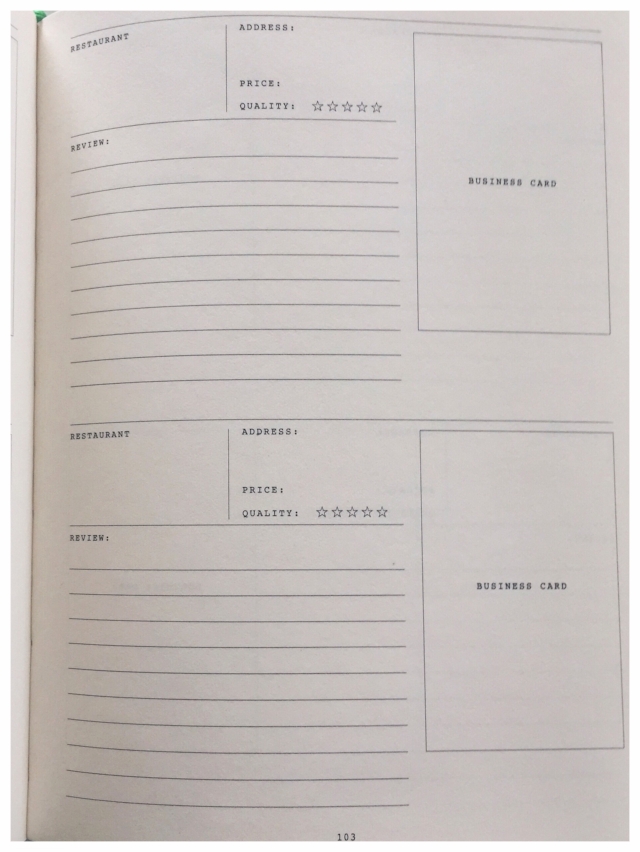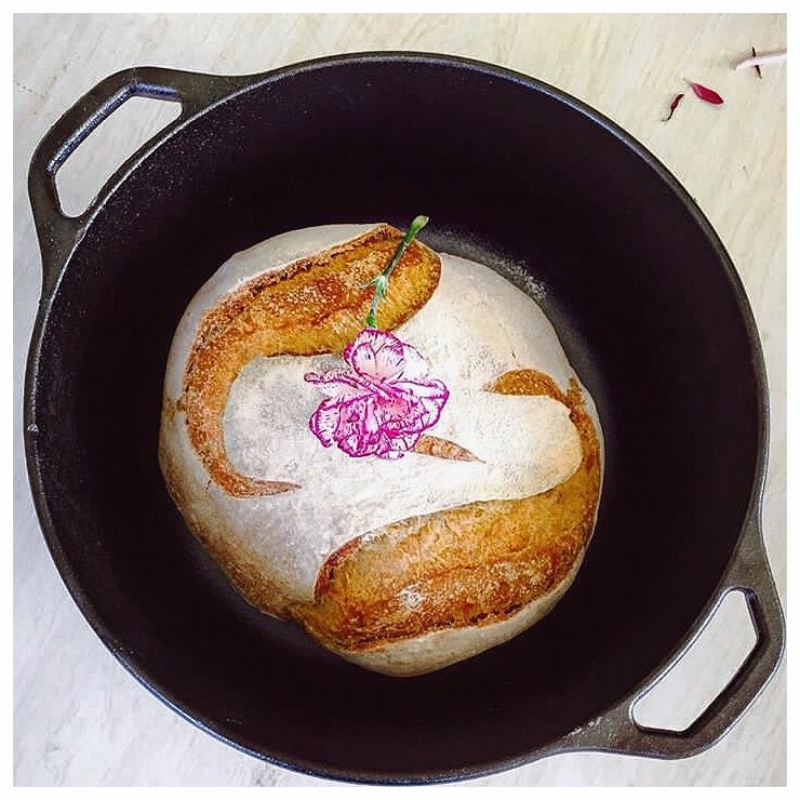Yoga is for everybody. It might sound cliché, but it’s true. There are many benefits of doing yoga for people of all ages and any fitness level. Chances are, you already know this. Perhaps your friends do yoga at a Silver Sneakers class. Maybe your physician told you how yoga can help ease those morning aches and pains. Yoga can be good for you physically, but did you know that yoga has a mental advantage, as well?
Aging isn’t easy, but neither is being a caregiver. Doing yoga together can help alleviate stress and tension while also getting your bodies moving. Caregivers often have little time for self-care, so doing yoga together is a great way to encourage them to work on their own physical and mental health. The same yoga sequences that can benefit seniors can also benefit caregivers.
Balance
There are many yoga postures that help improve balance, which has a positive impact on memory and brain function. The brain is home to your body’s balance sensors, so poses that focus on balance can be positive for seniors who may be experiencing mild cognitive impairment. These kinds of poses can also help improve your agility, which can help prevent falls. Balance poses require our attention every second, which improves the equilibrium in both our minds and bodies.
Try This Balance Pose: Tree
Standing with one leg planted firmly on the floor, bring the foot of your opposite leg to your ankle, calf, or thigh. This is the start of tree pose. You can stretch your arms out to the side, press them together in front of your chest, or raise them up over your head. If you feel a little wobbly on your feet, hold on to the back of a chair, a door frame, or a wall.
2. Flexibility
As we age, our bodies become tighter and tenser. This is also true if we are more sedentary or stressed. Yoga improves flexibility by helping our muscles, tendons, and ligaments elongate and stretch so that our bodies let go and release. It’s important to take it slow -- if a pose is uncomfortable, but you can breathe through it, see if you can stick it out for five to 10 breathes. However, if it feels painful, back out until you find a place that is a comfortable challenge.
Try This Flexibility Pose: Sitting Pigeon
There are several ways to do a pigeon pose. If you’re new to working on flexibility, sit firmly on the floor with your knees bent and feet flat on the ground. Plant your hands behind your back and lean back a bit. Bring your right ankle on to your left thigh just below your knee. If you want to deepen the stretch, bring your right hand to your right knee and apply gentle pressure. If this pose is easy for you, try a more advanced version of pigeon posture.
3. Mindfulness
Yoga helps us connect our minds and bodies, increasing awareness about how we feel and why we act. Yoga, which literally translates as “to yolk,” makes that connect by emphasizing meditation and a focus on breathing. One way to make yoga a habit with you and your caregiver is to set up a meditation space in your home. Choose an area free of distractions and with nice natural light. Roll out your yoga mat, set out a few cushions and light a candle, set out aromatherapy scents, or play calming music.
Try This Breathing Activity: Three-Part Breath
Sit comfortably on the floor or a chair. Roll your shoulders back and down and put space between your ears and your shoulders. Place your right hand on your chest and your left hand over your belly button. Inhale into your belly — your left hand should push forward. Then, move the inhale upward, drawing the air in between your ribs and finally in your chest. Exhale in reverse. Practice making this breath smooth and fluid, like a wave rolling up when you inhale and down when you exhale.
Yoga can help both you and your caregiver improve your physical and mental well-being. However, just as important -- or maybe even more -- it can bring you closer together, creating a happier, low-stress household.




